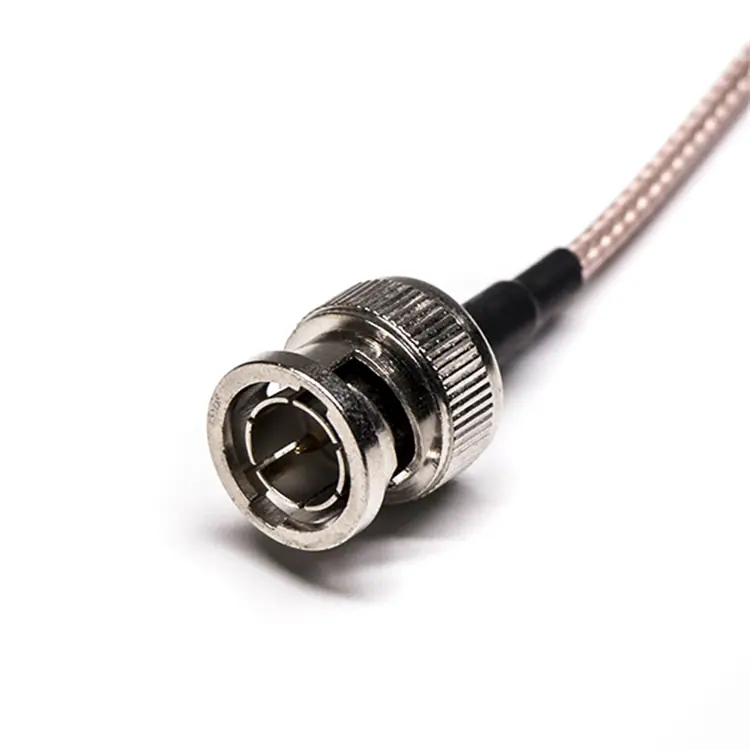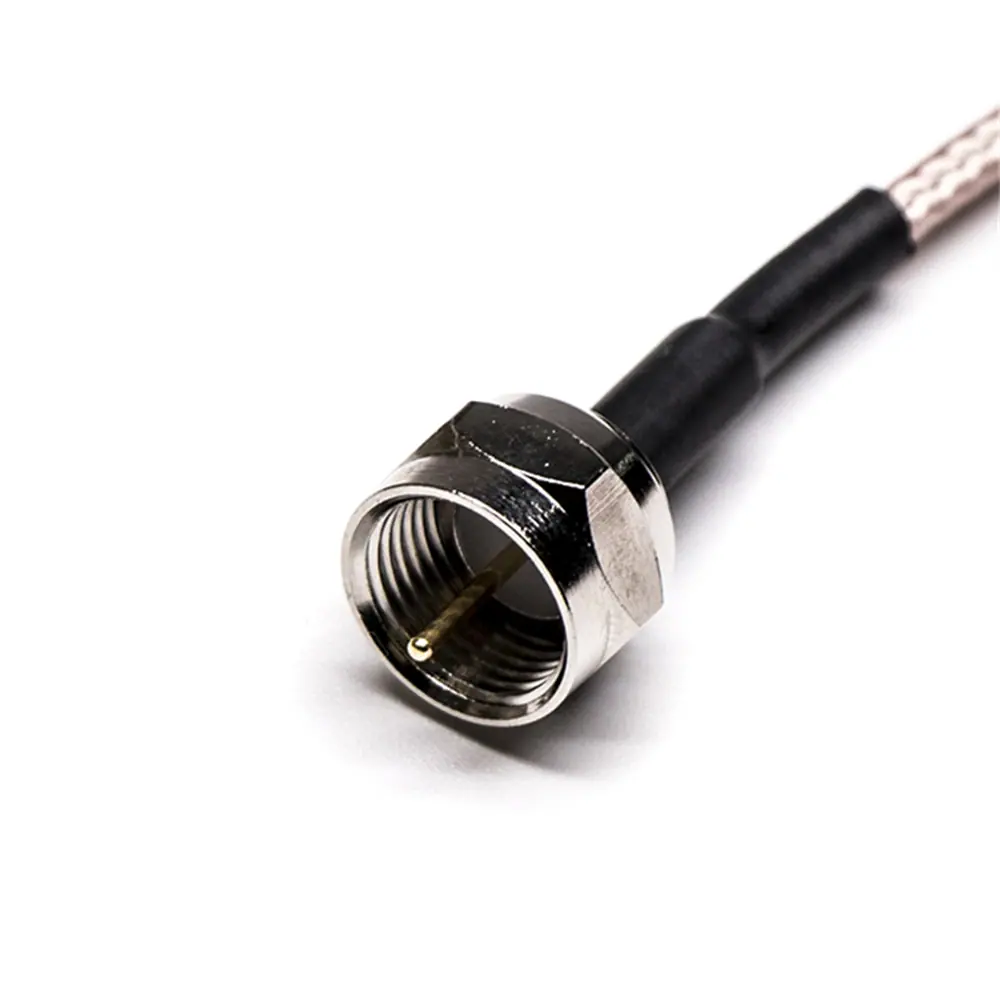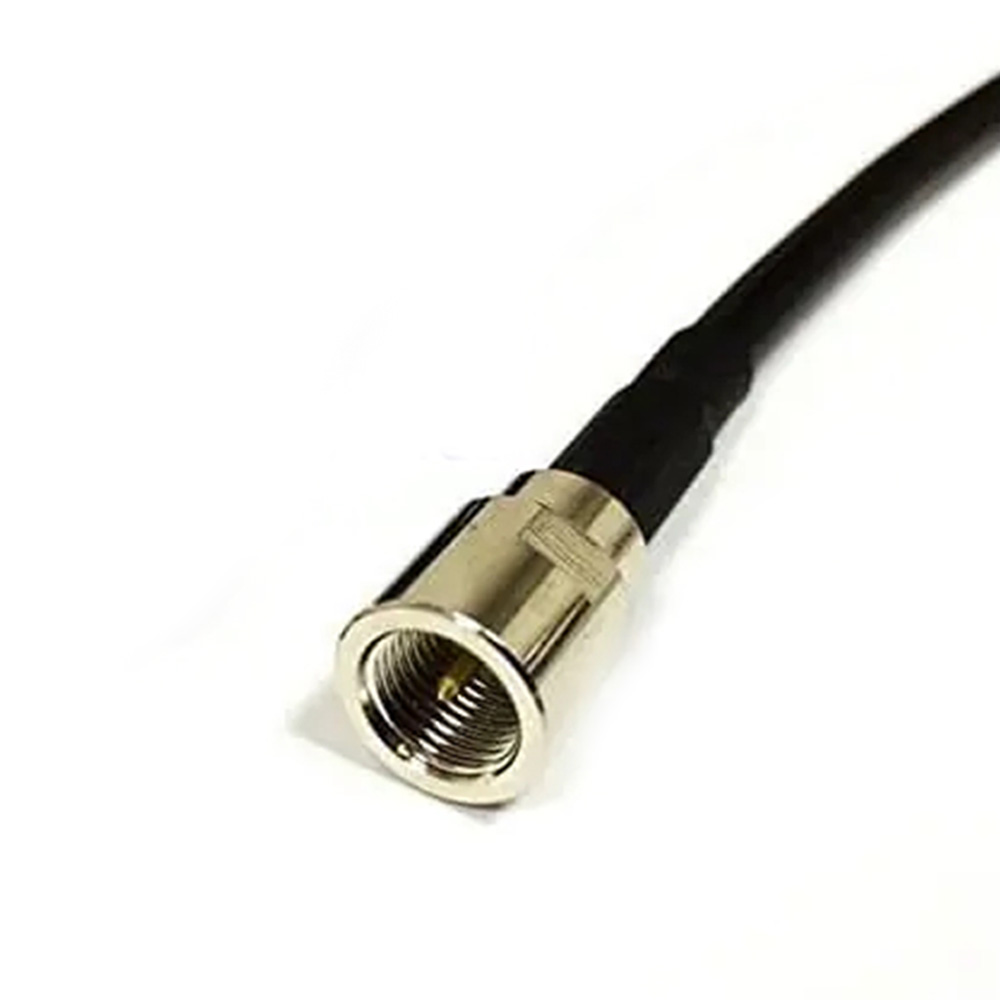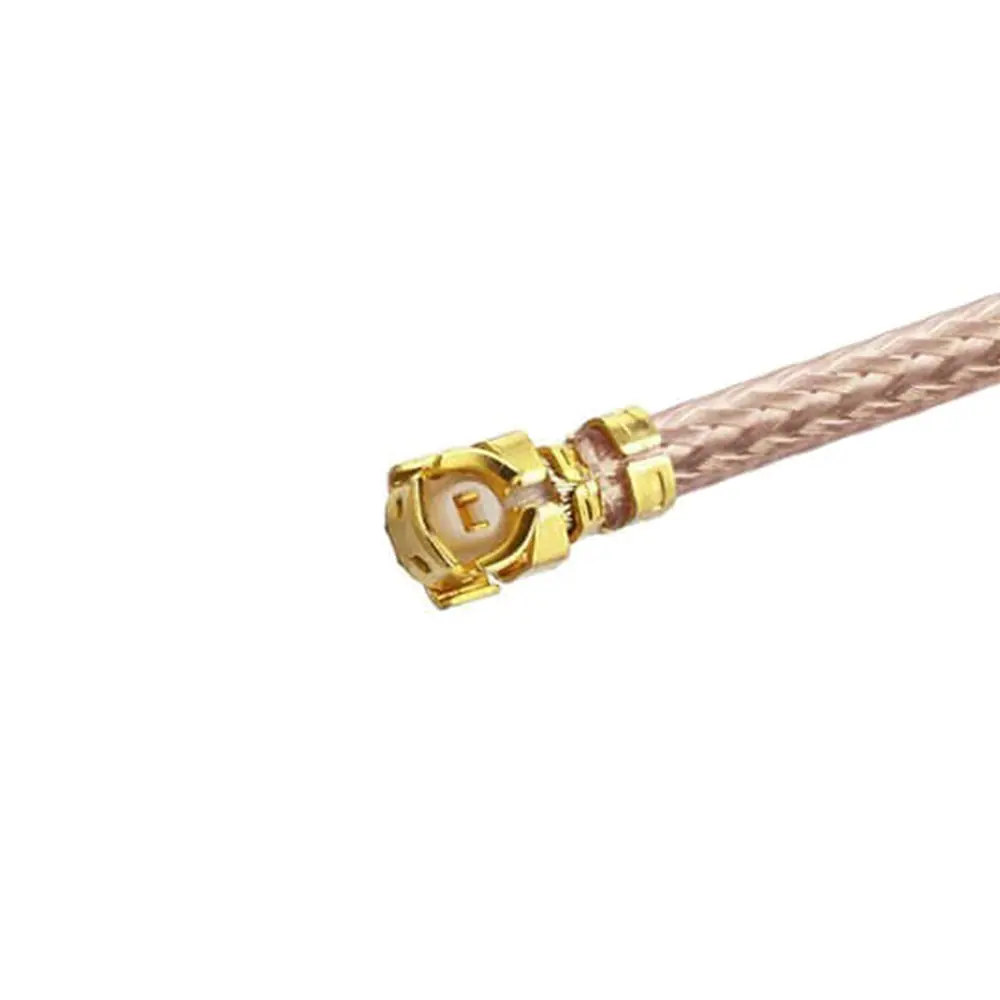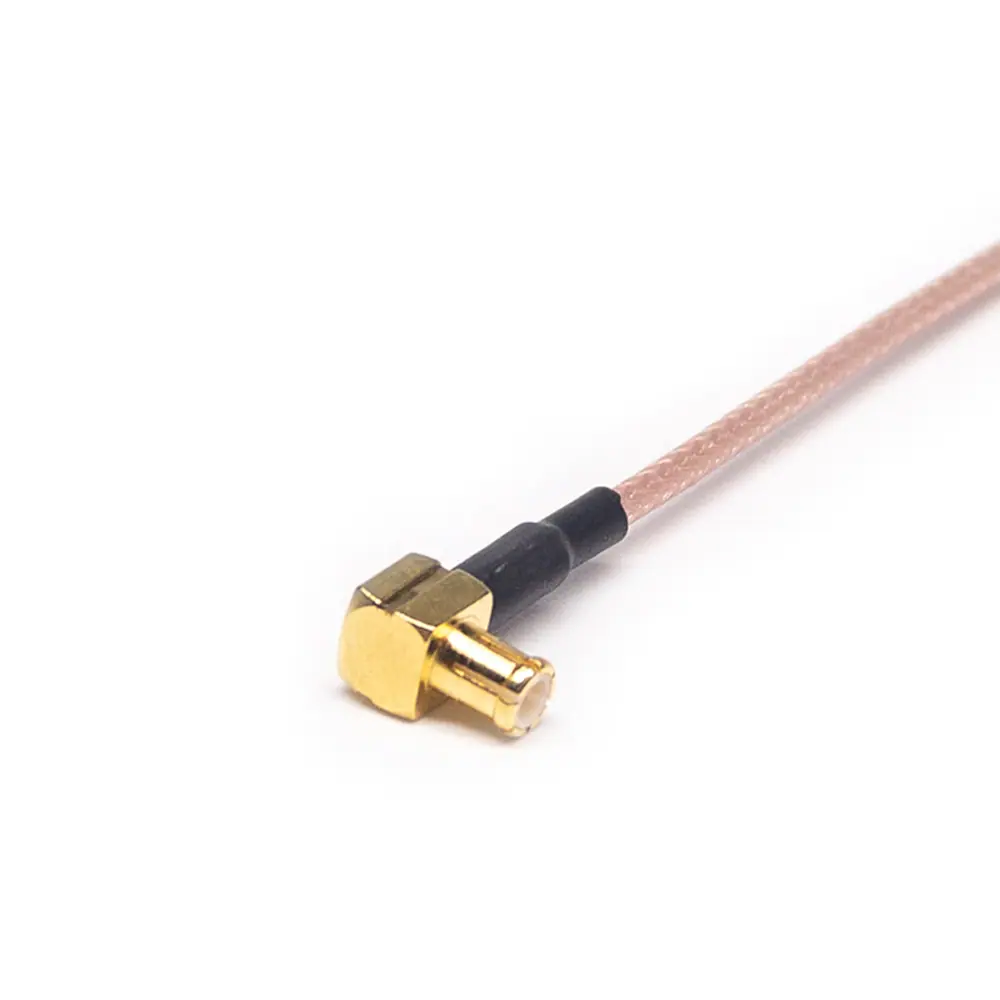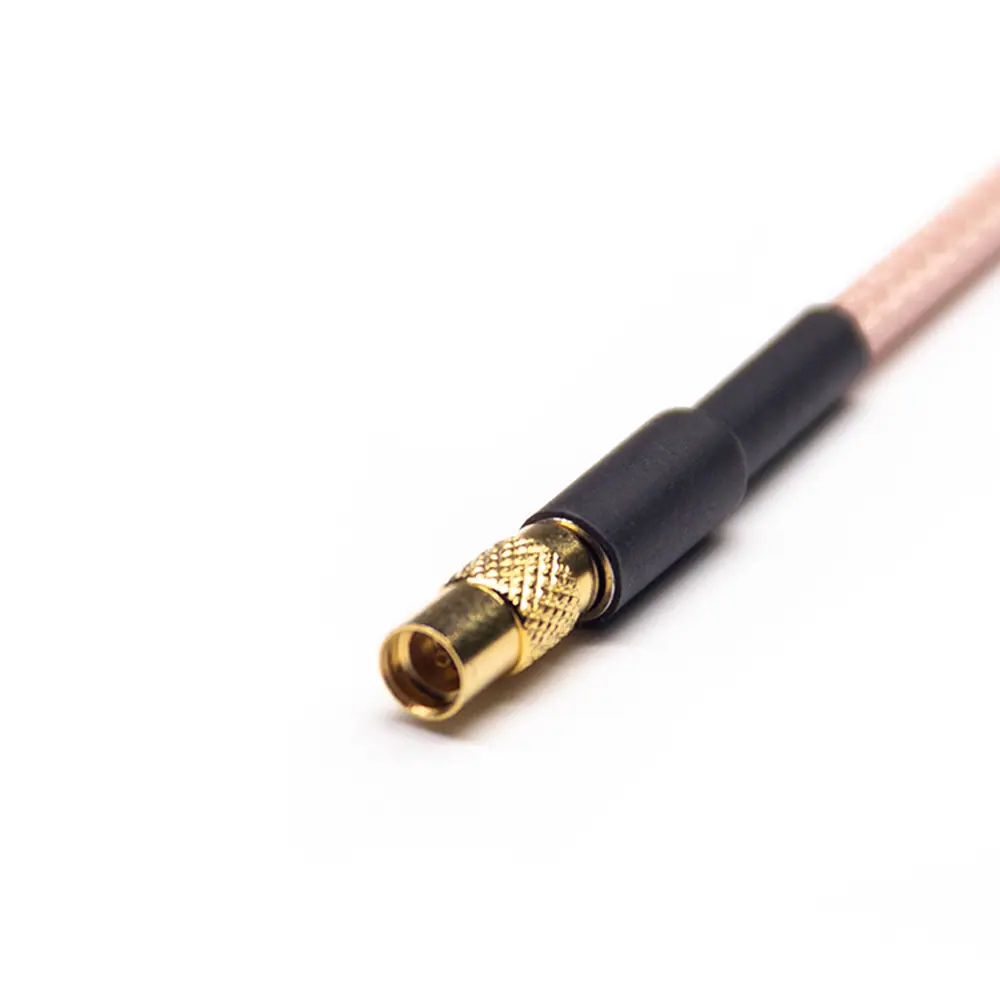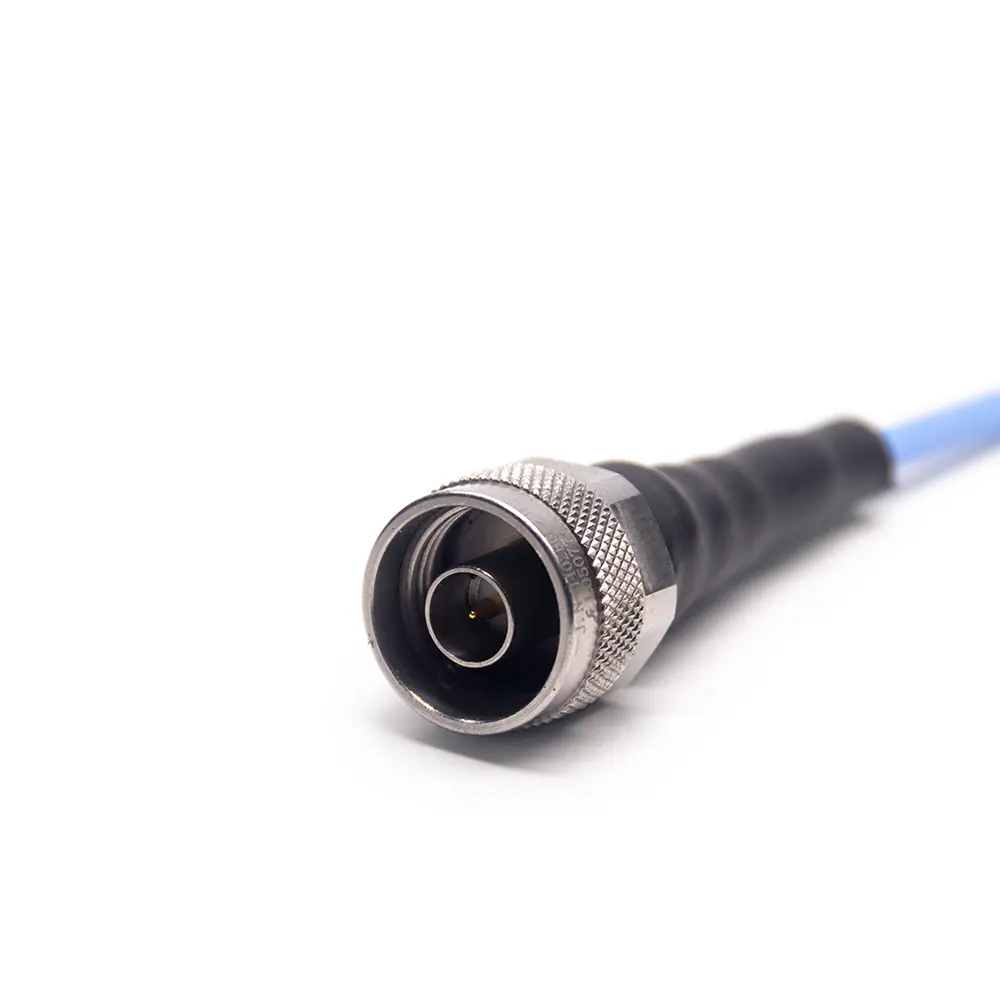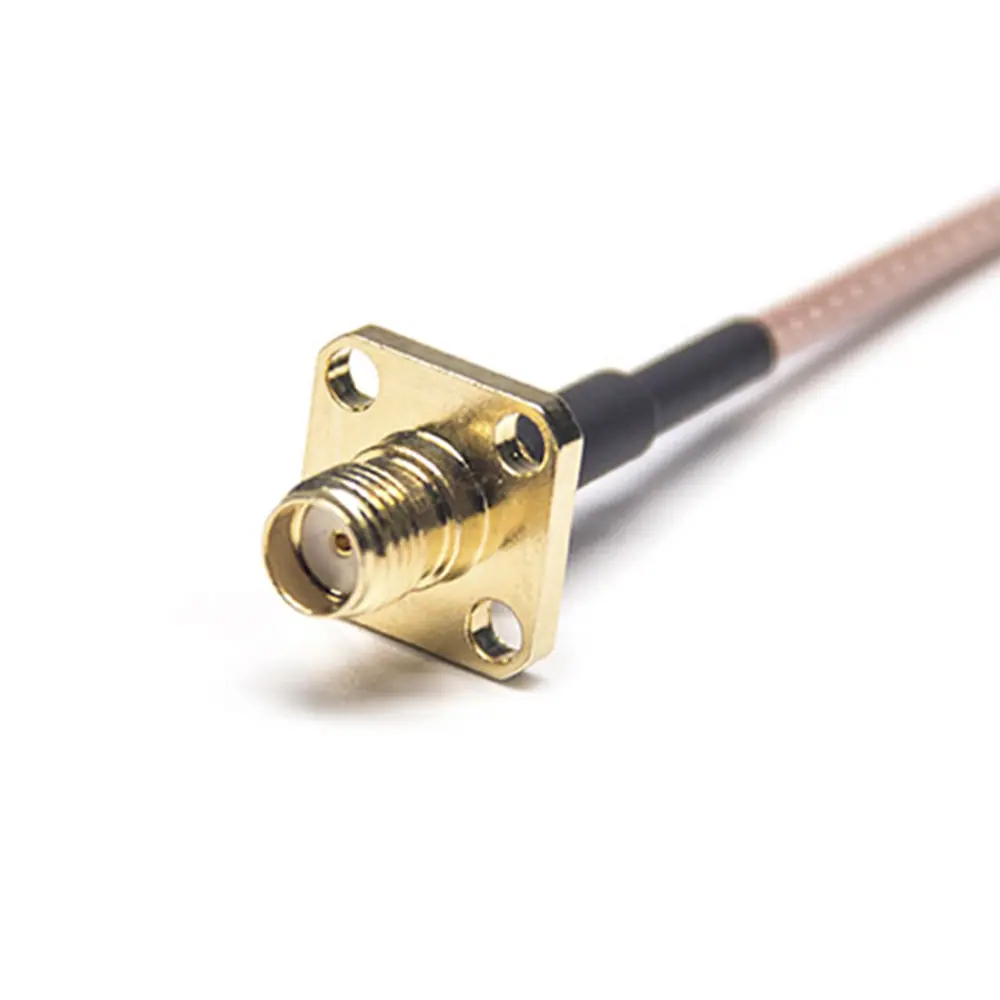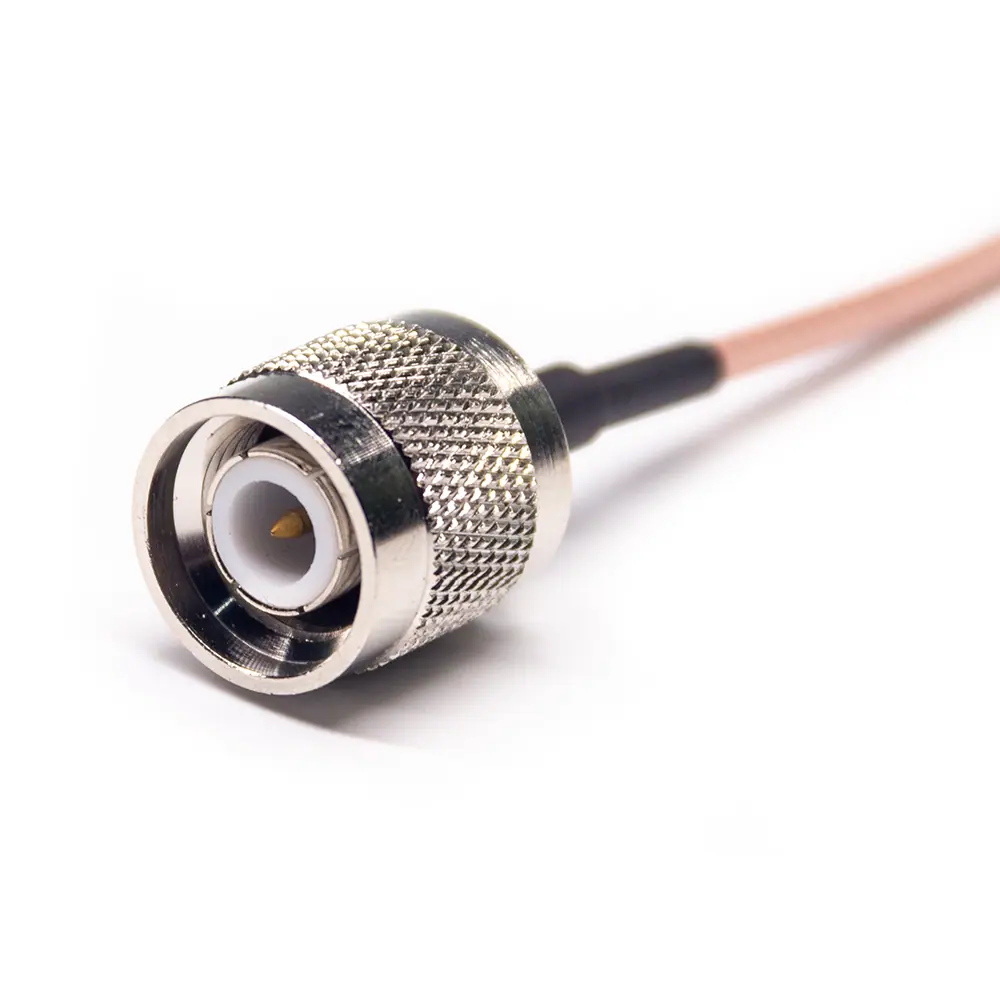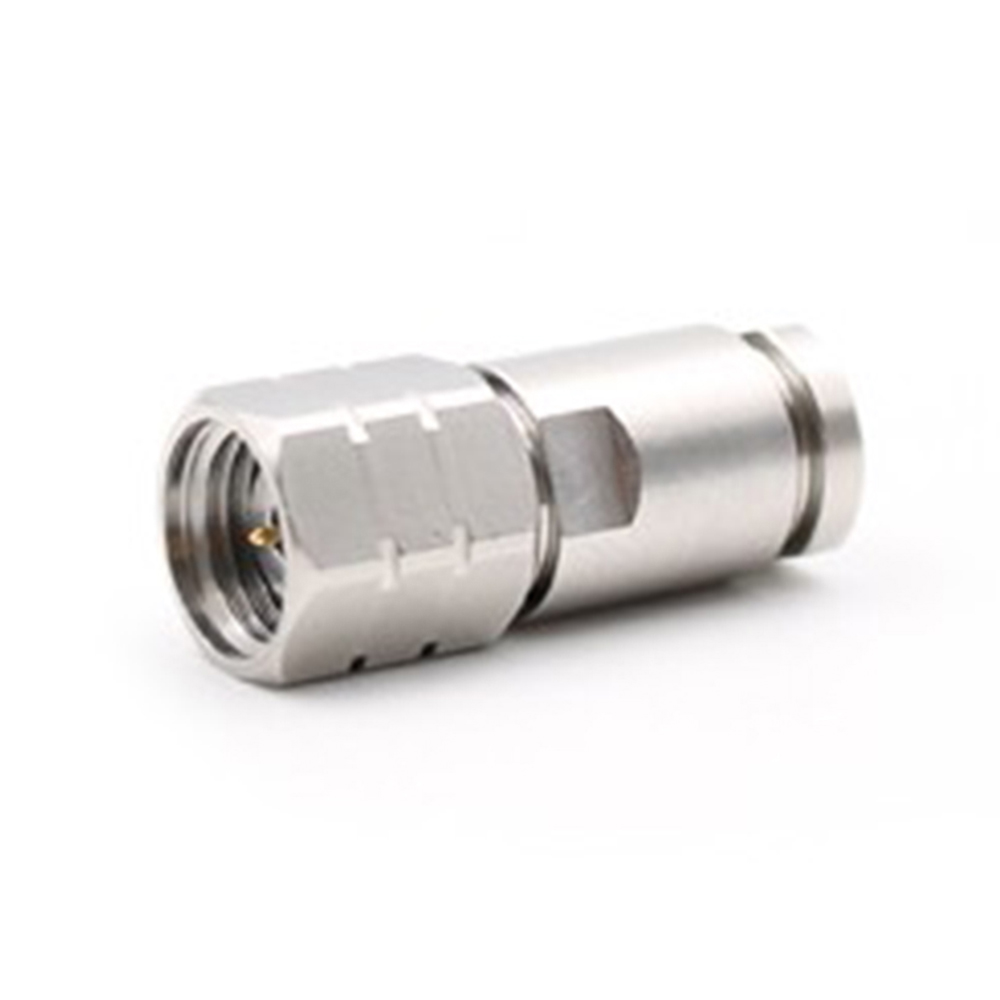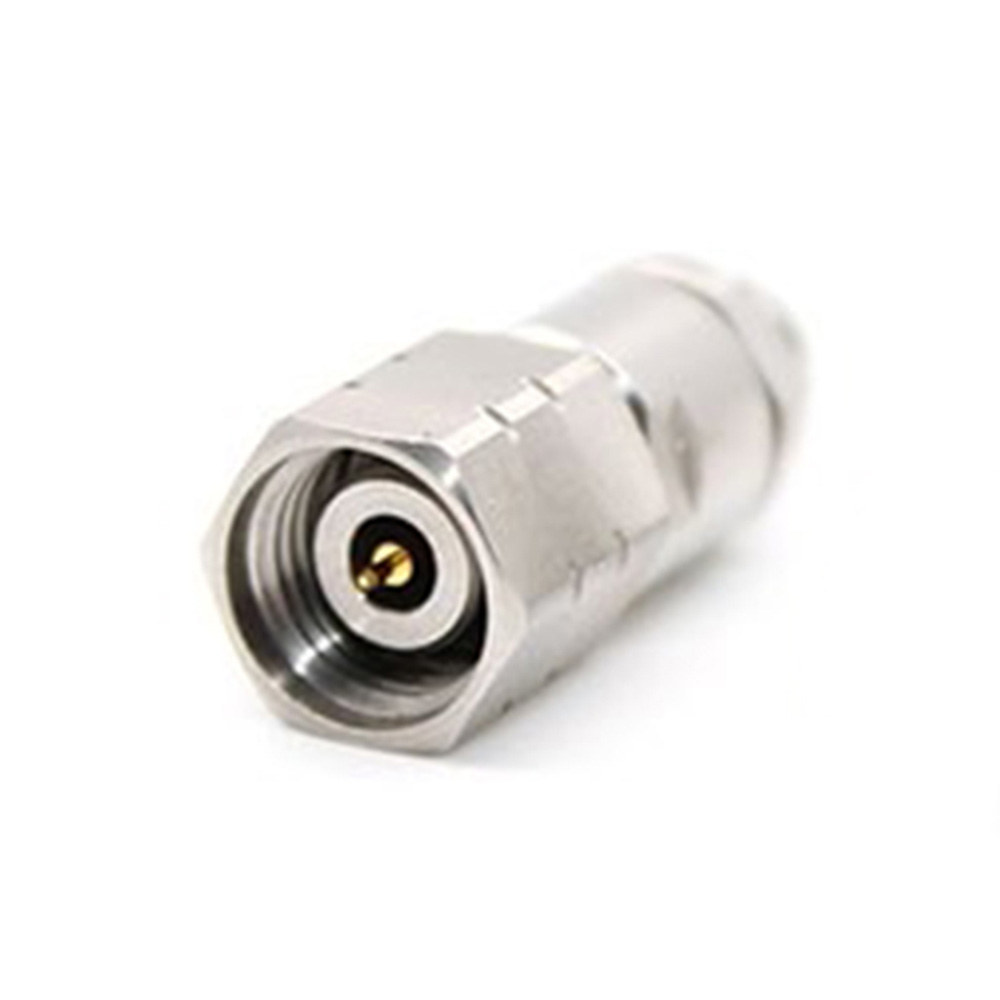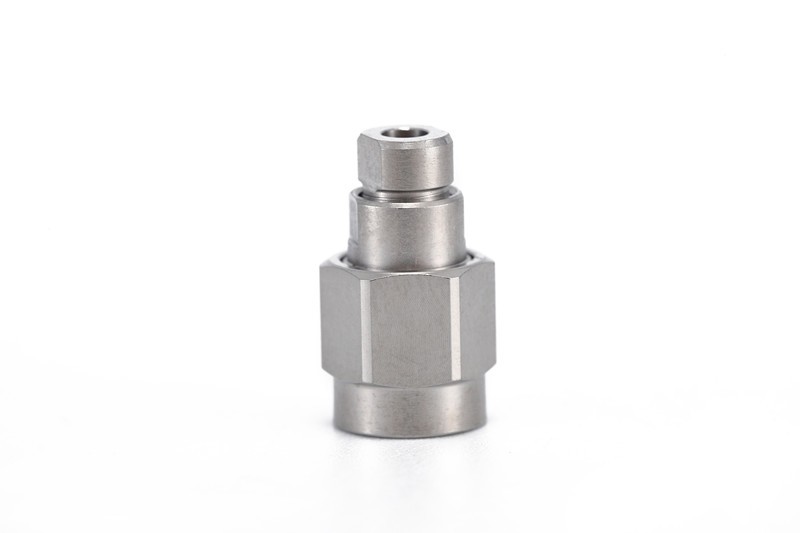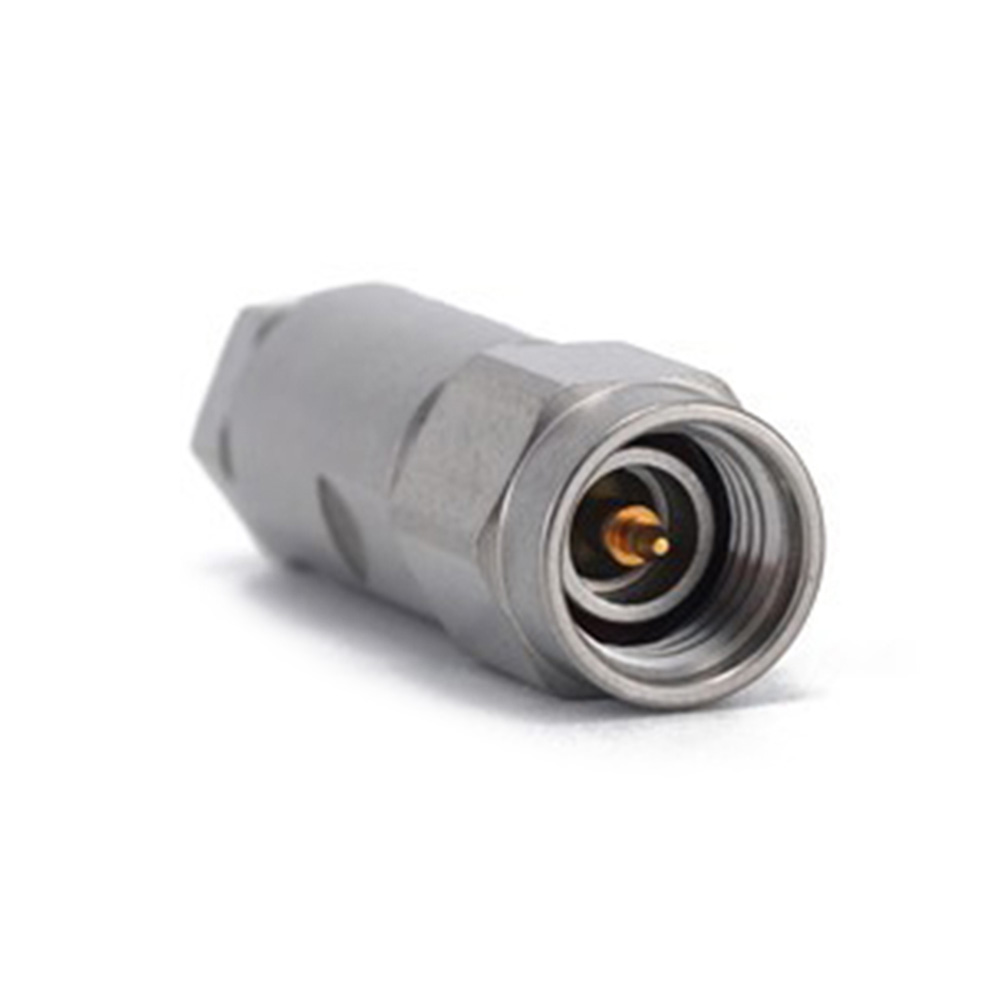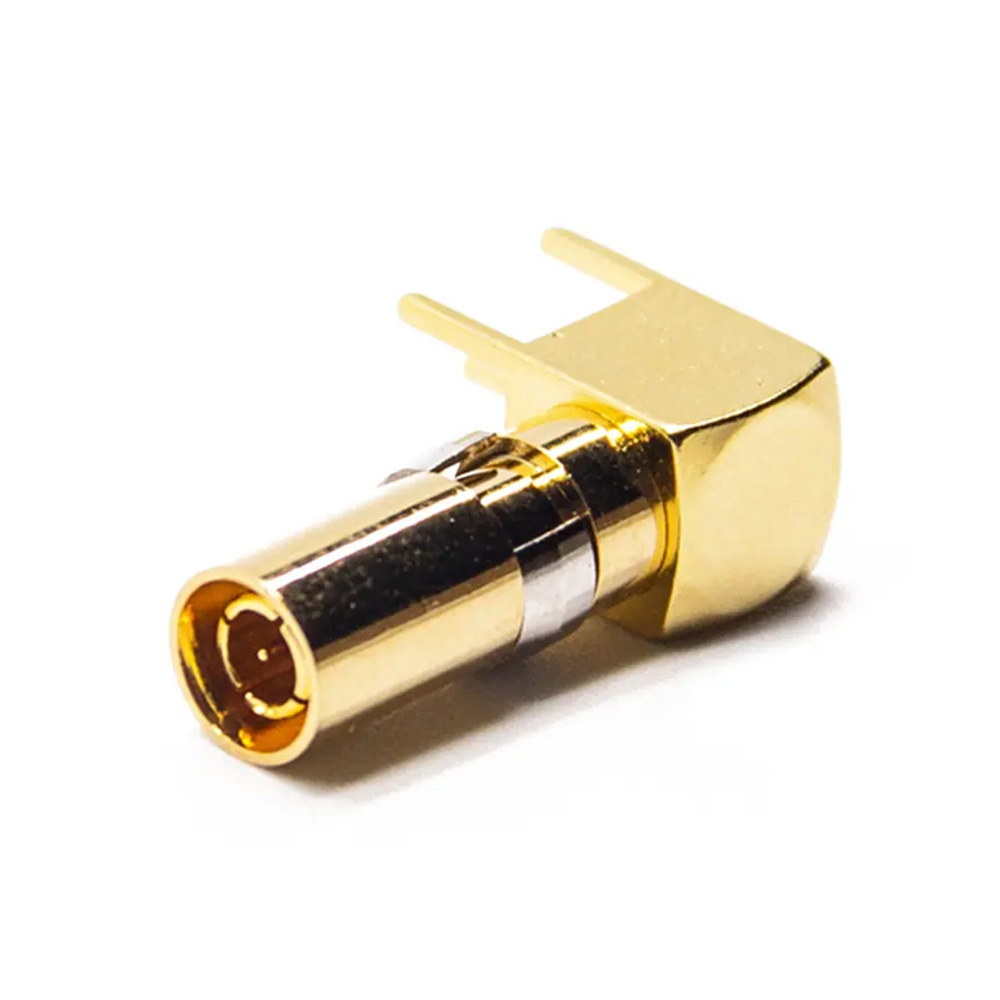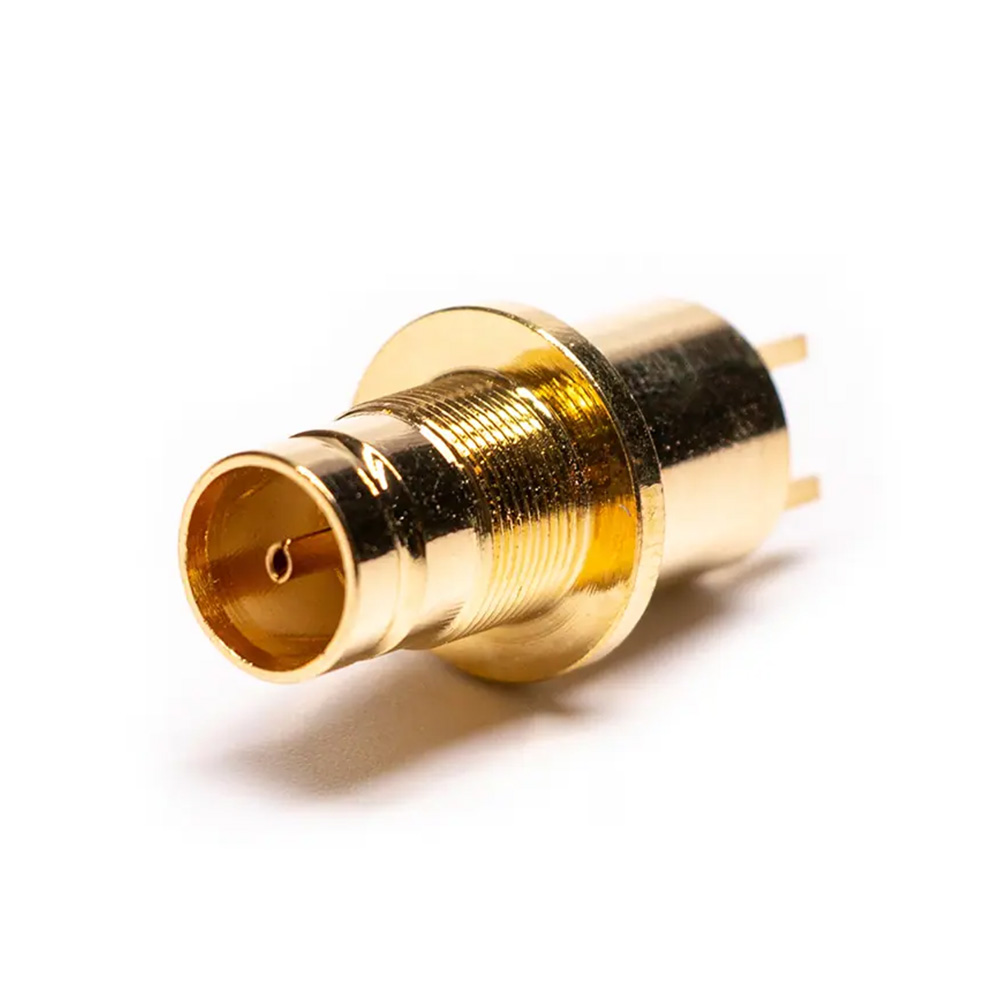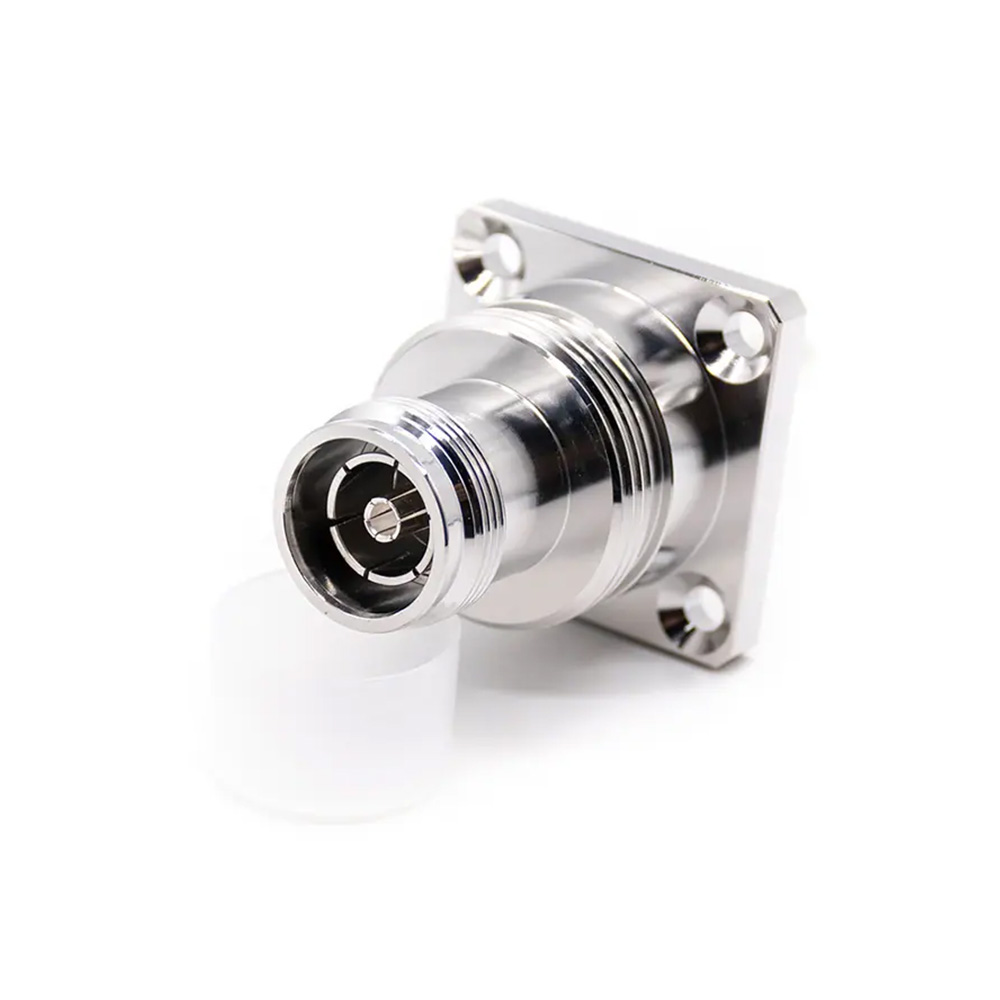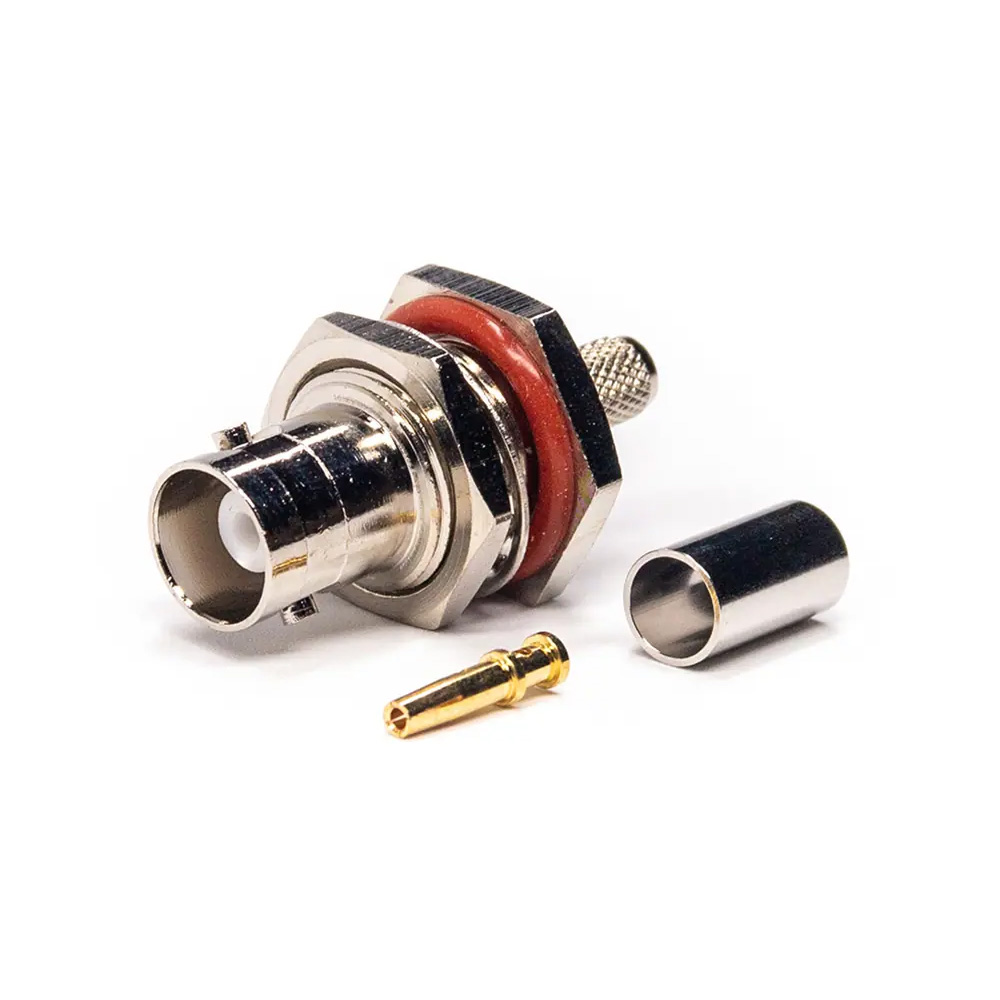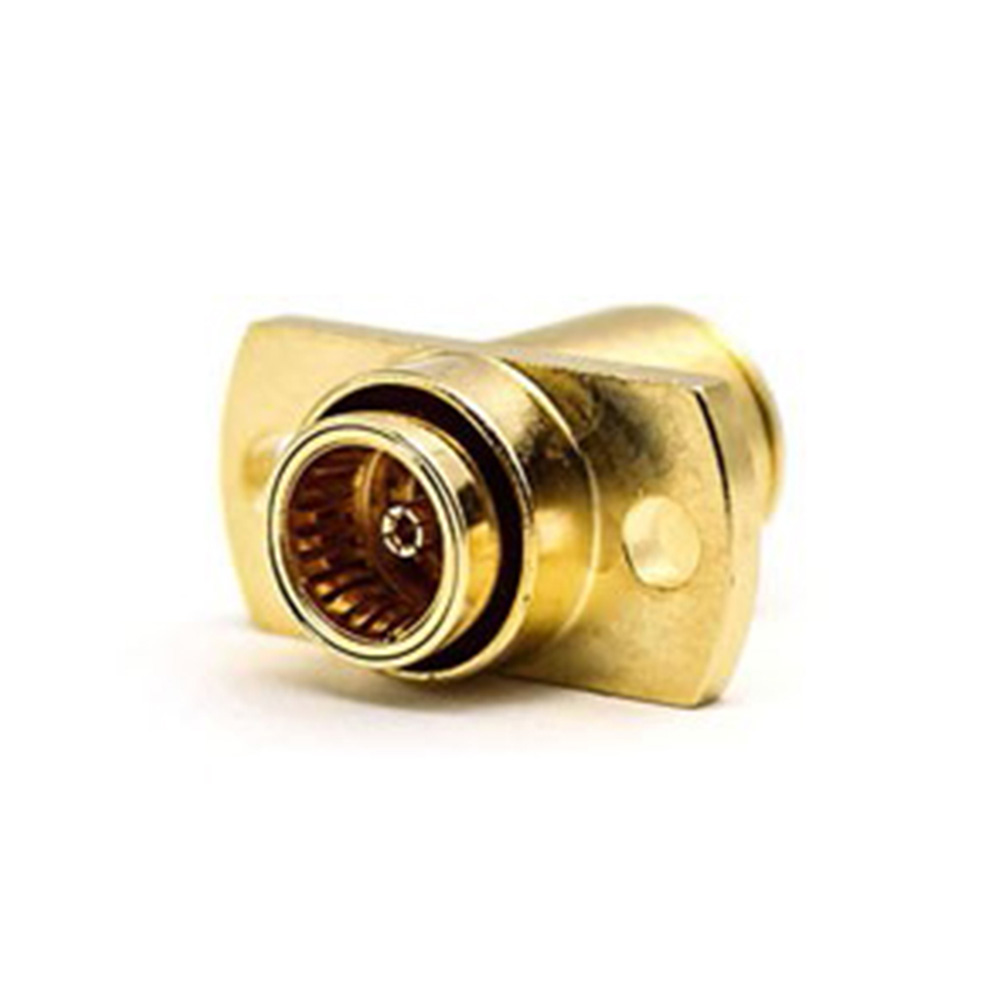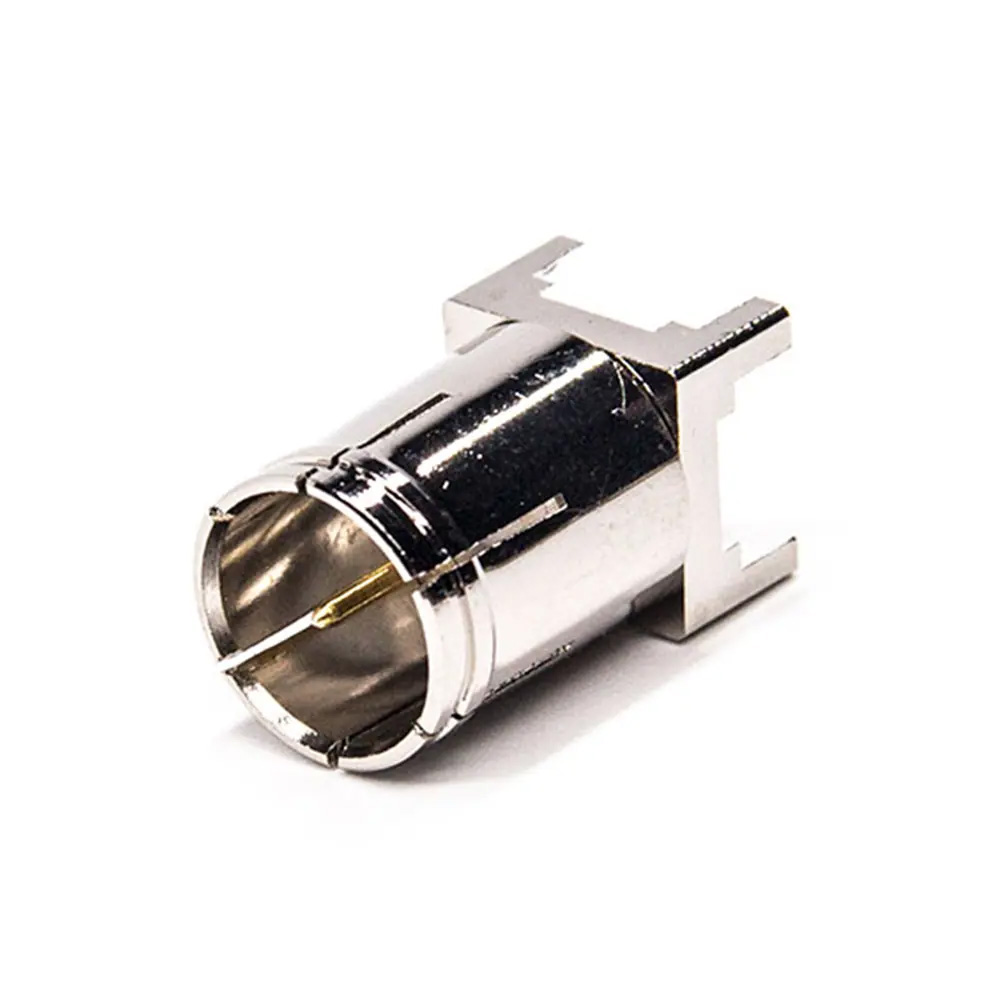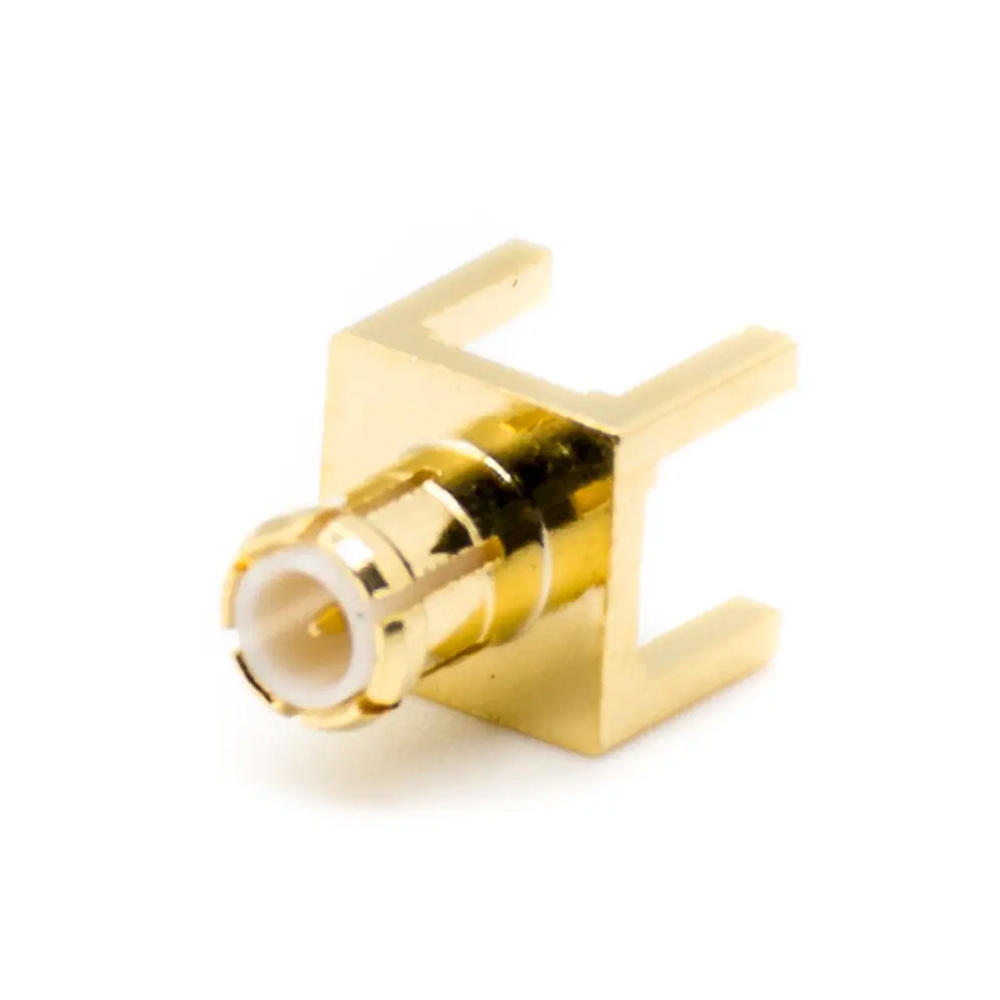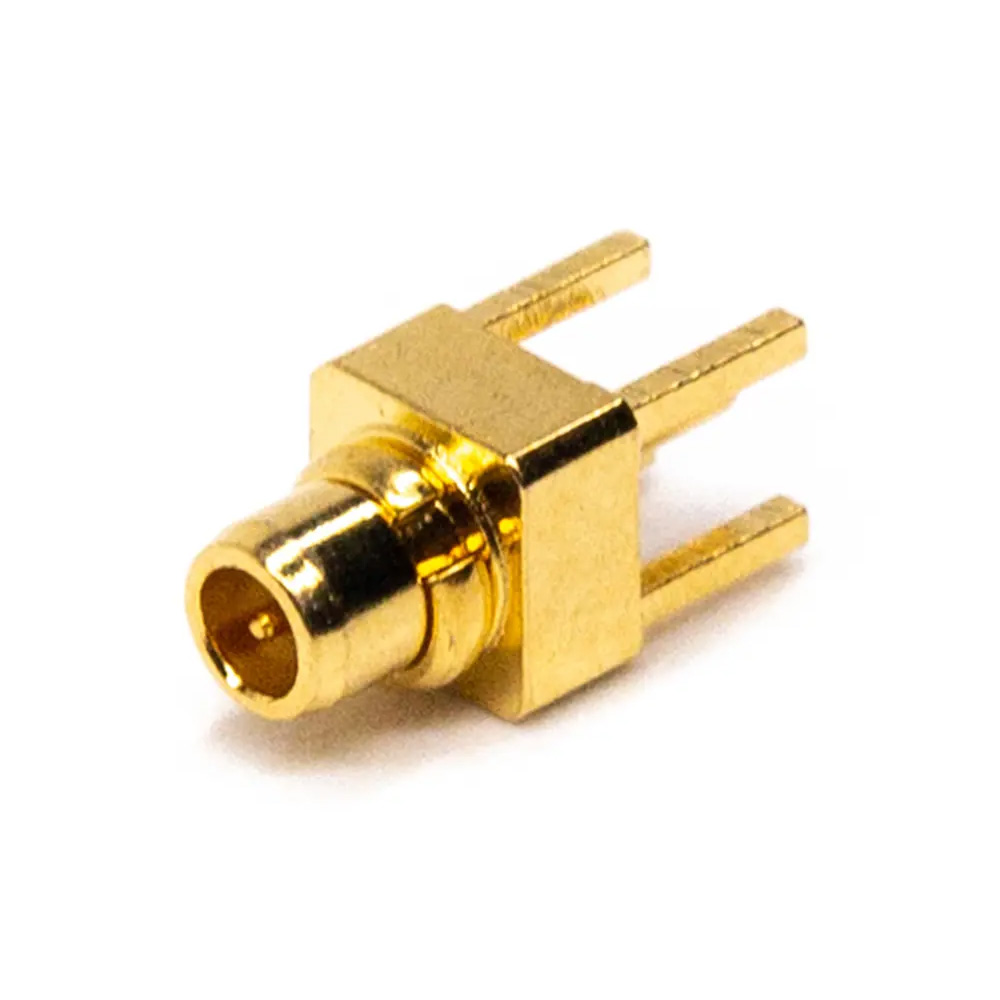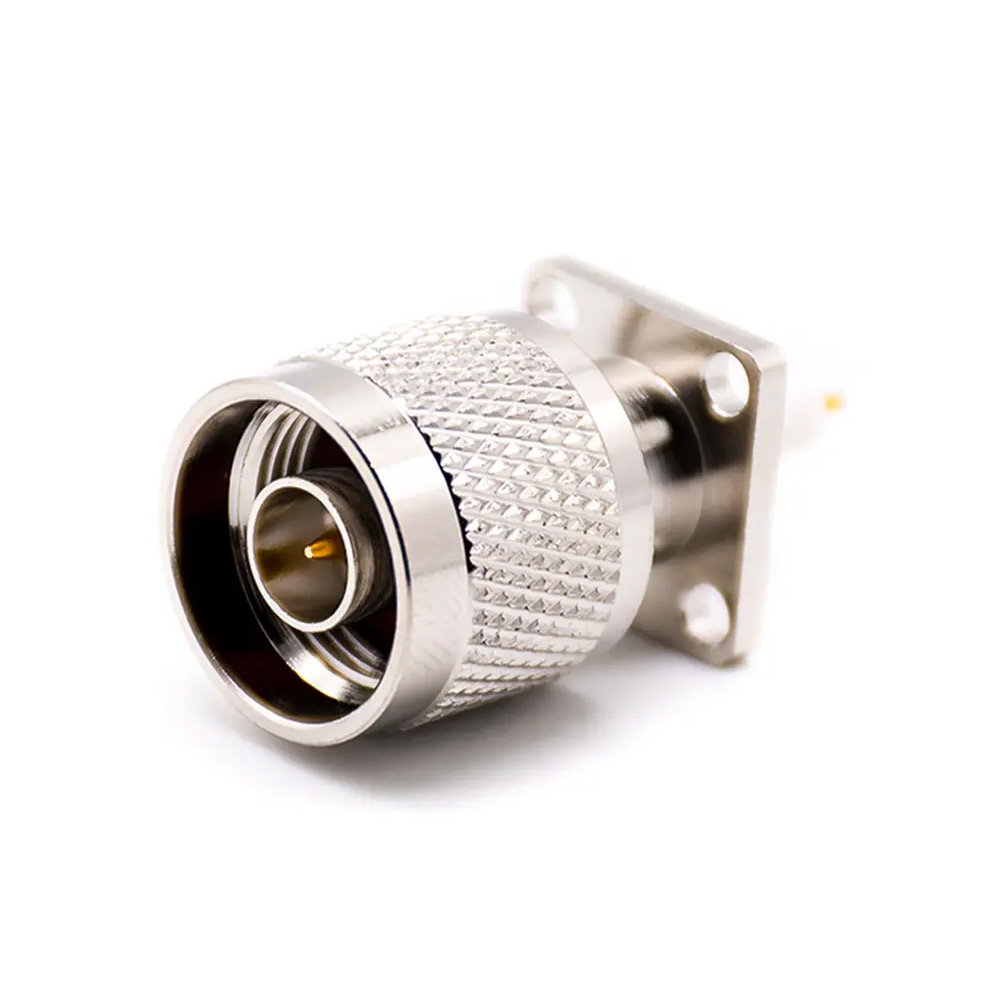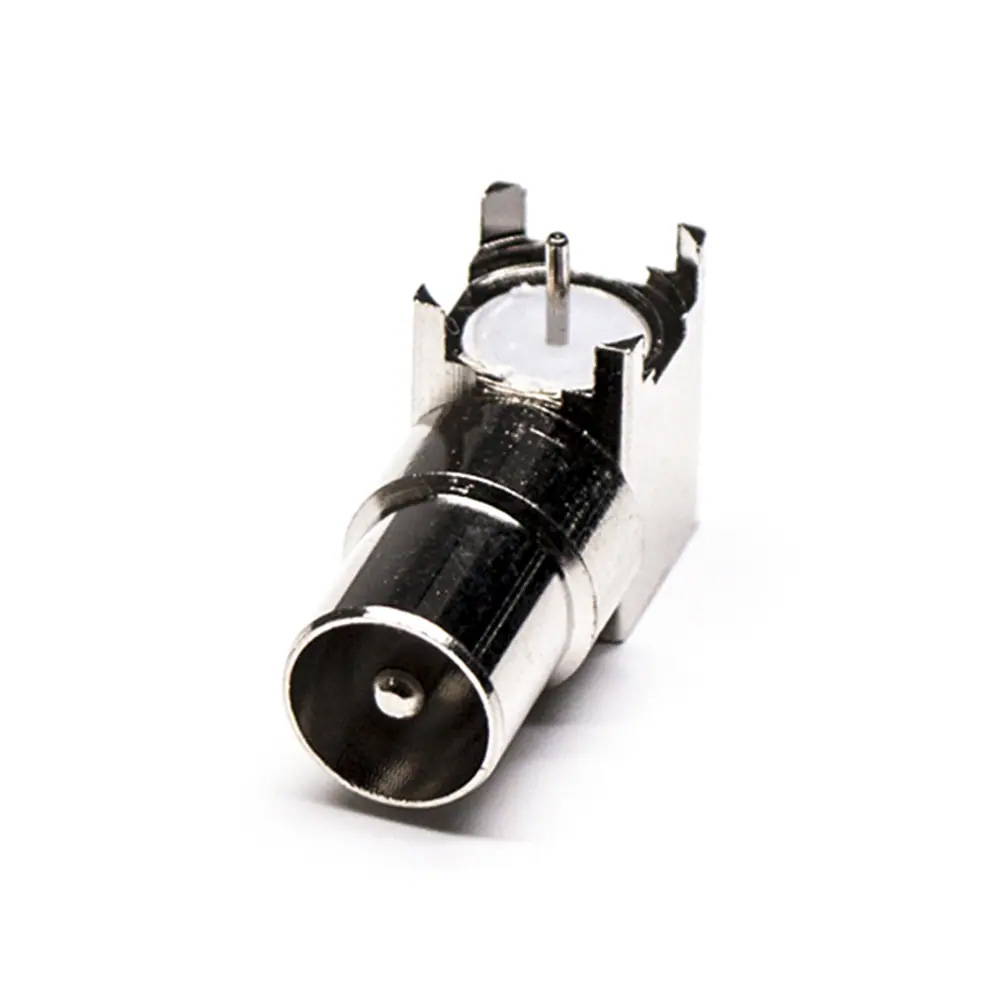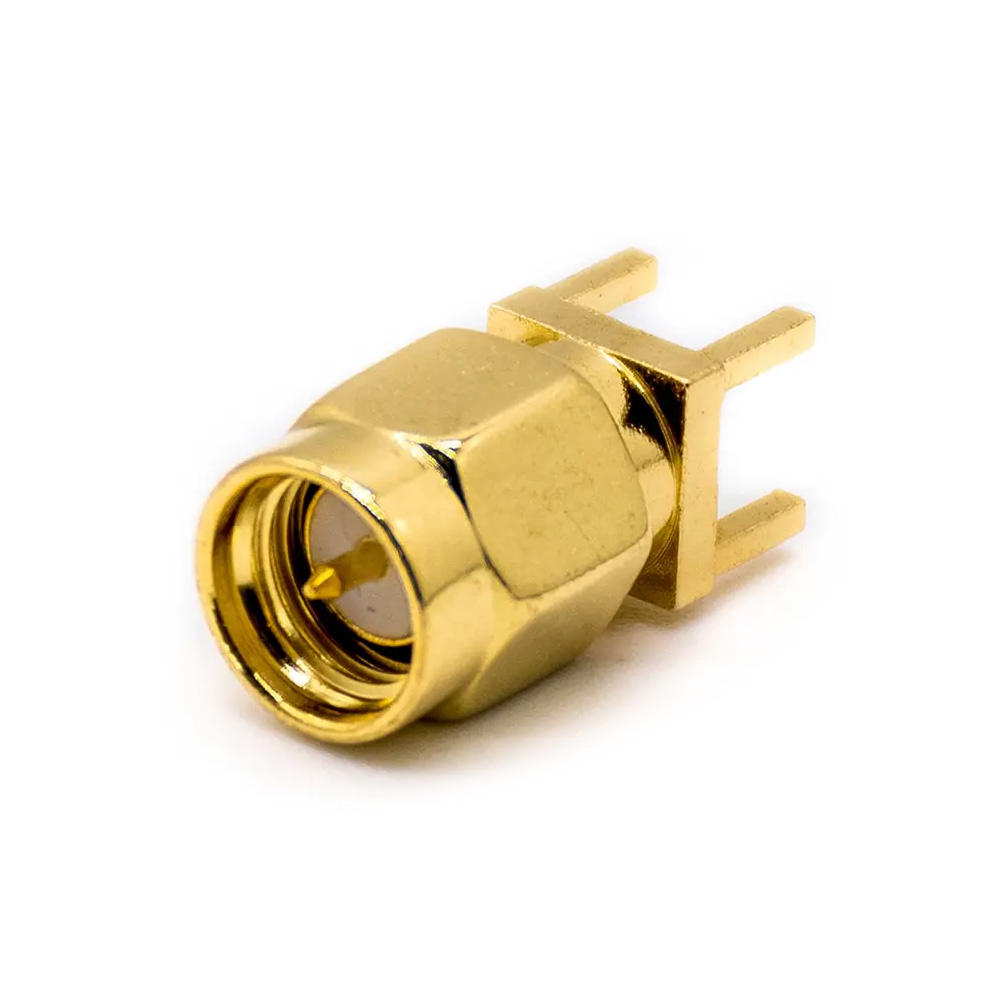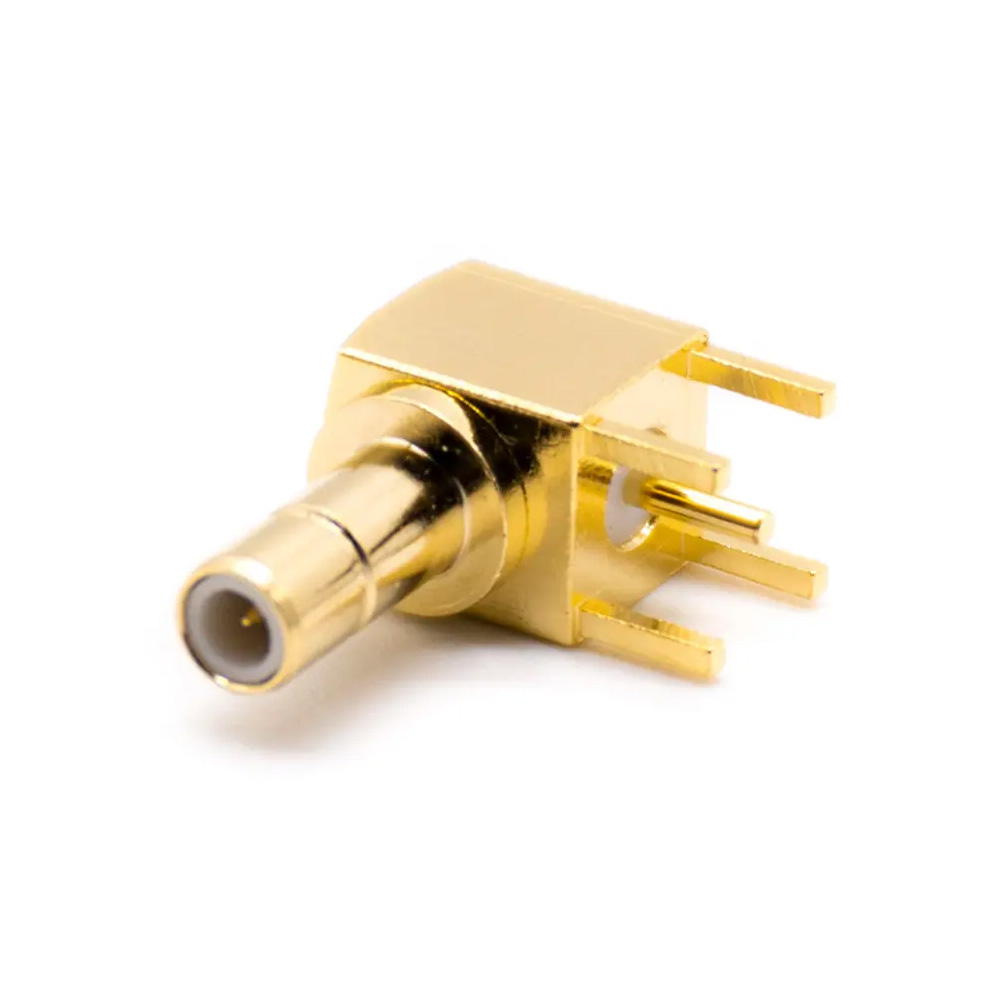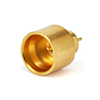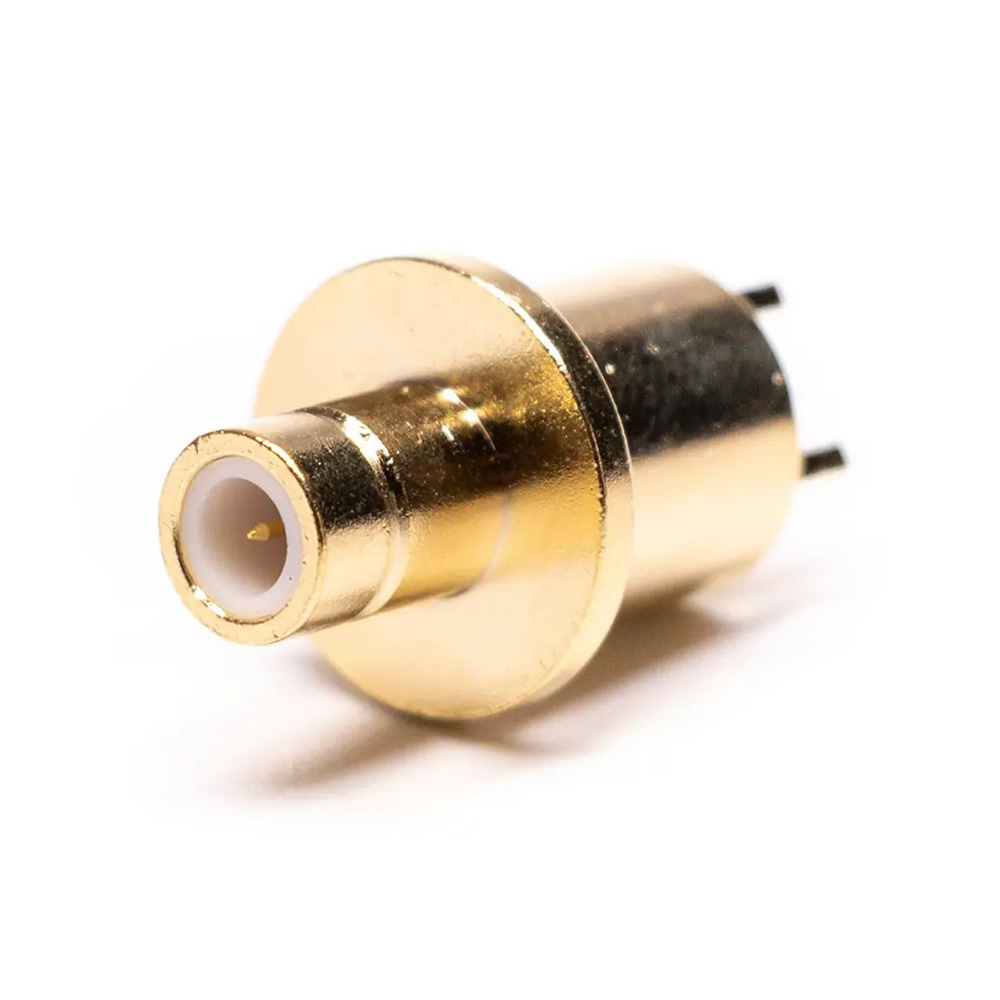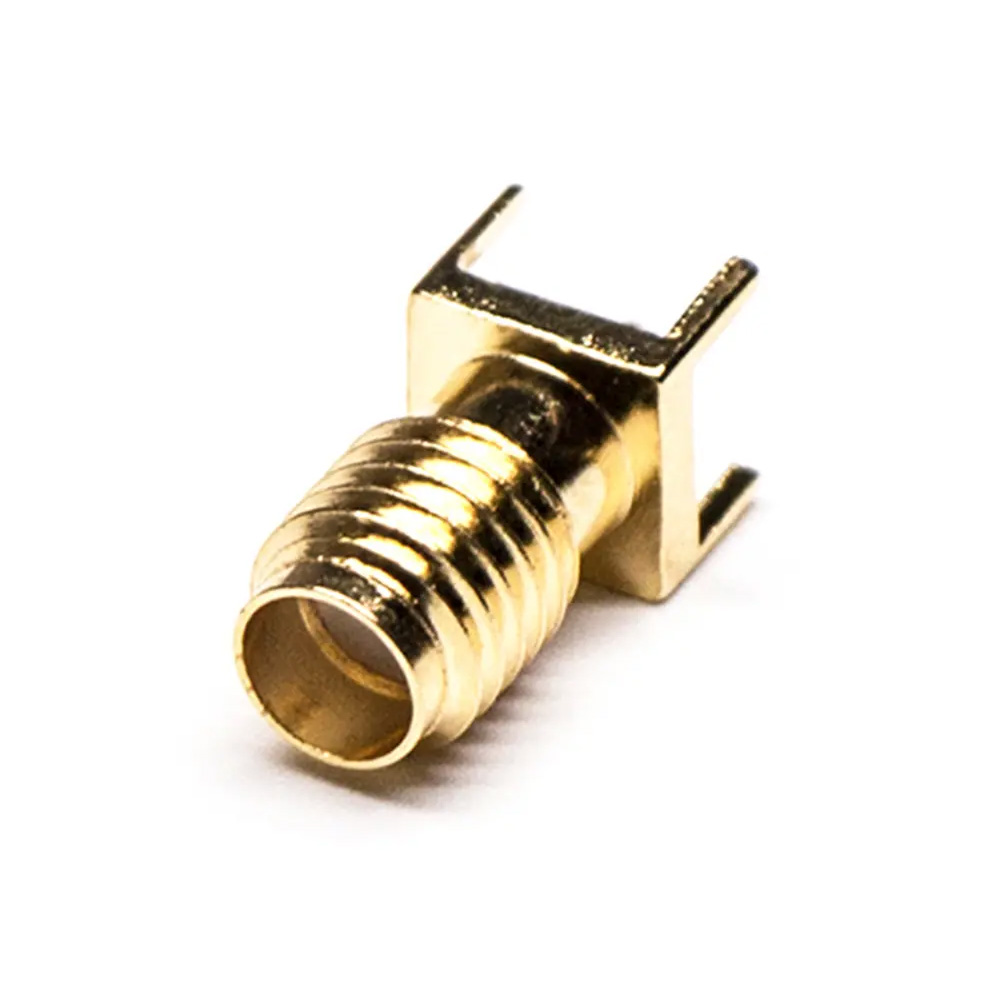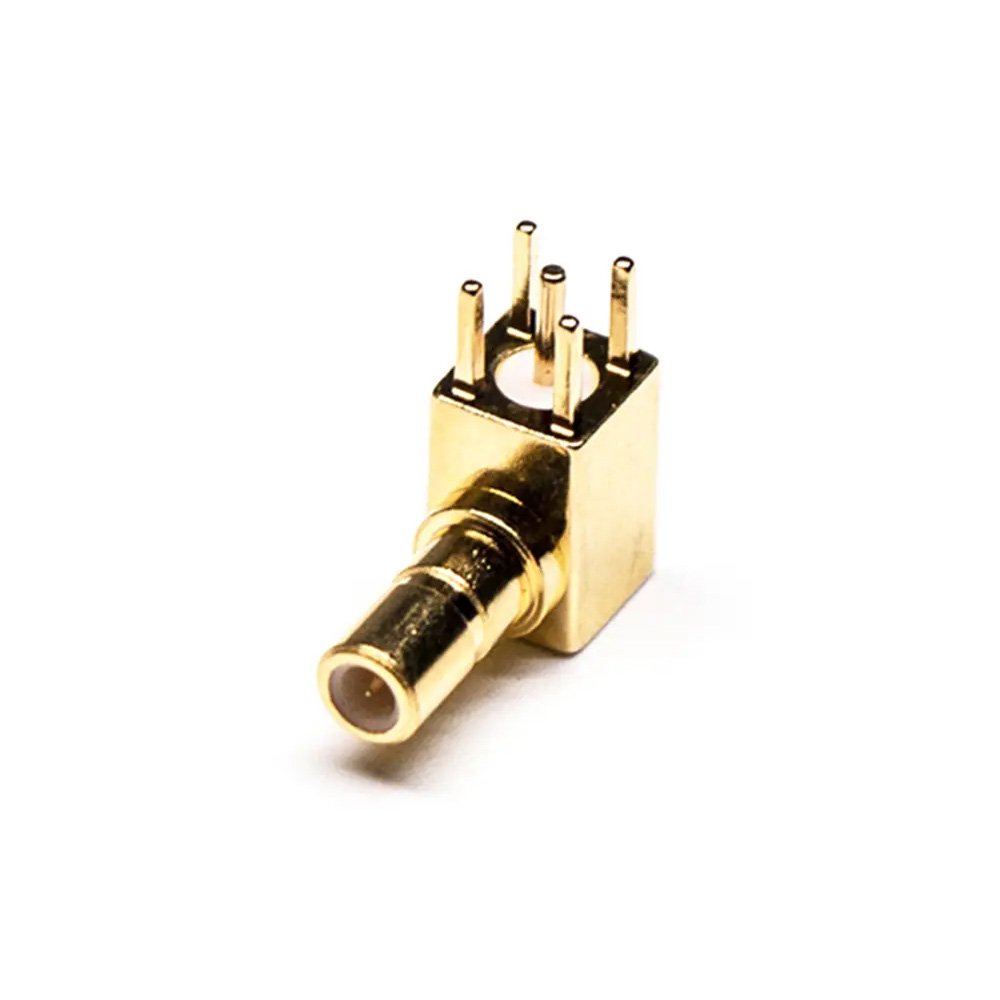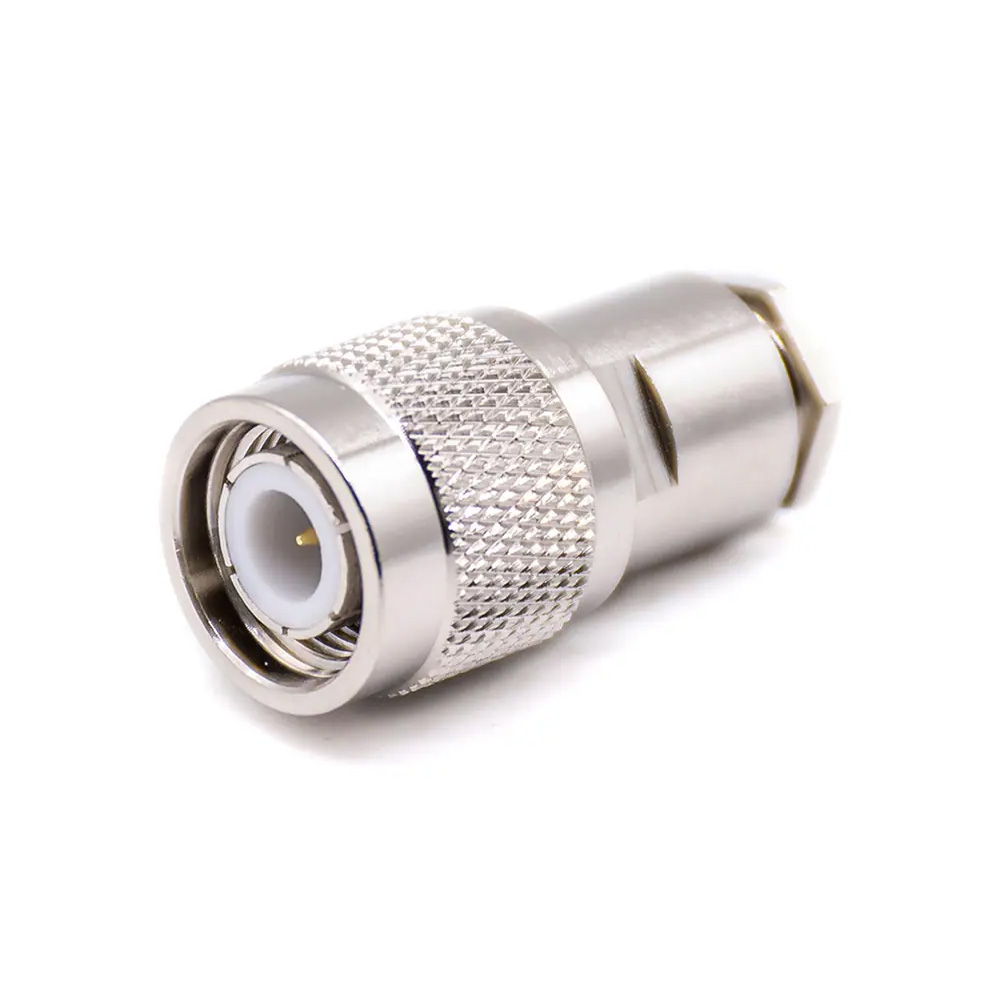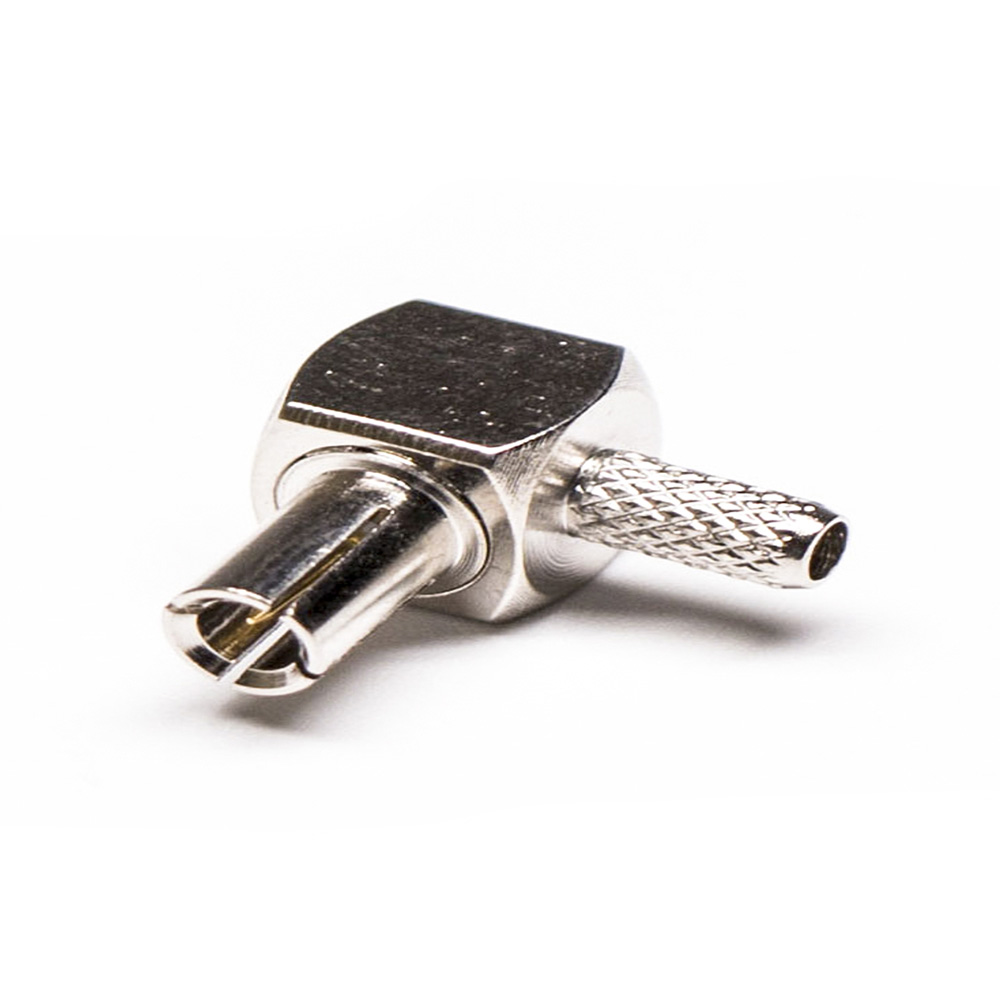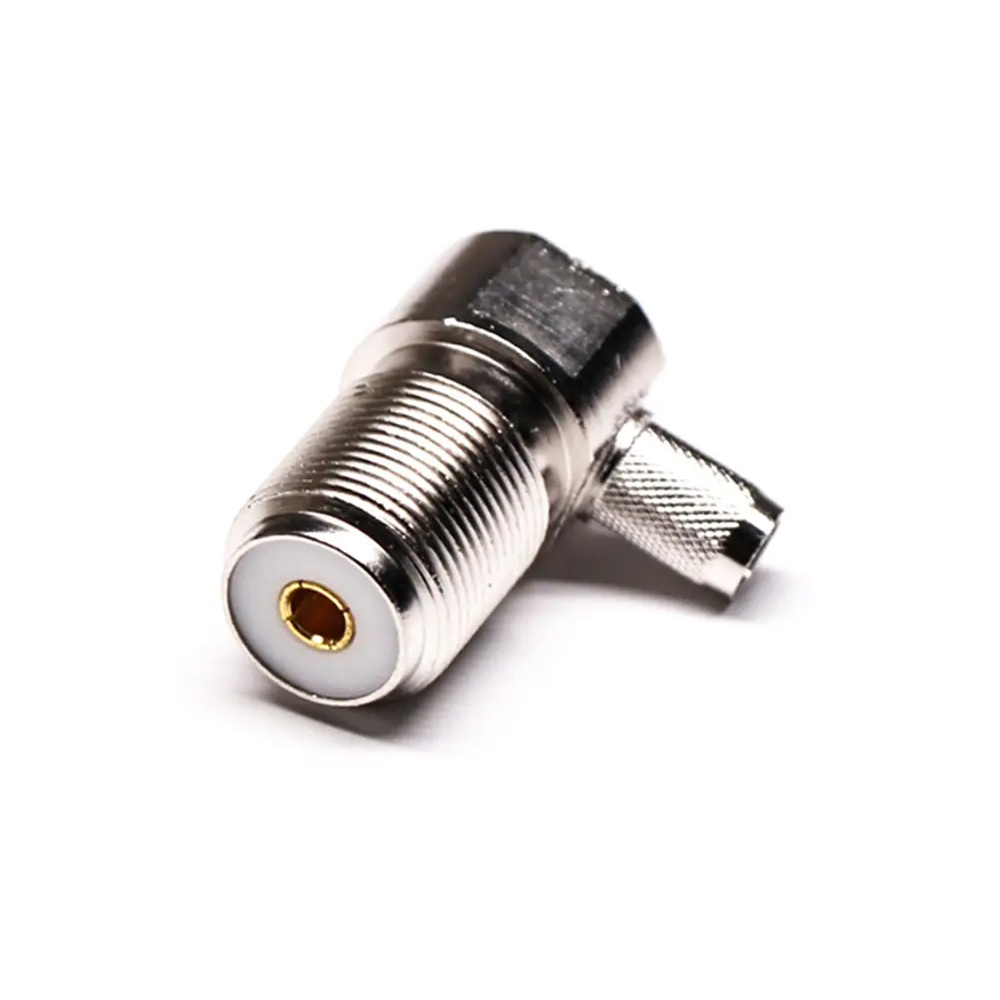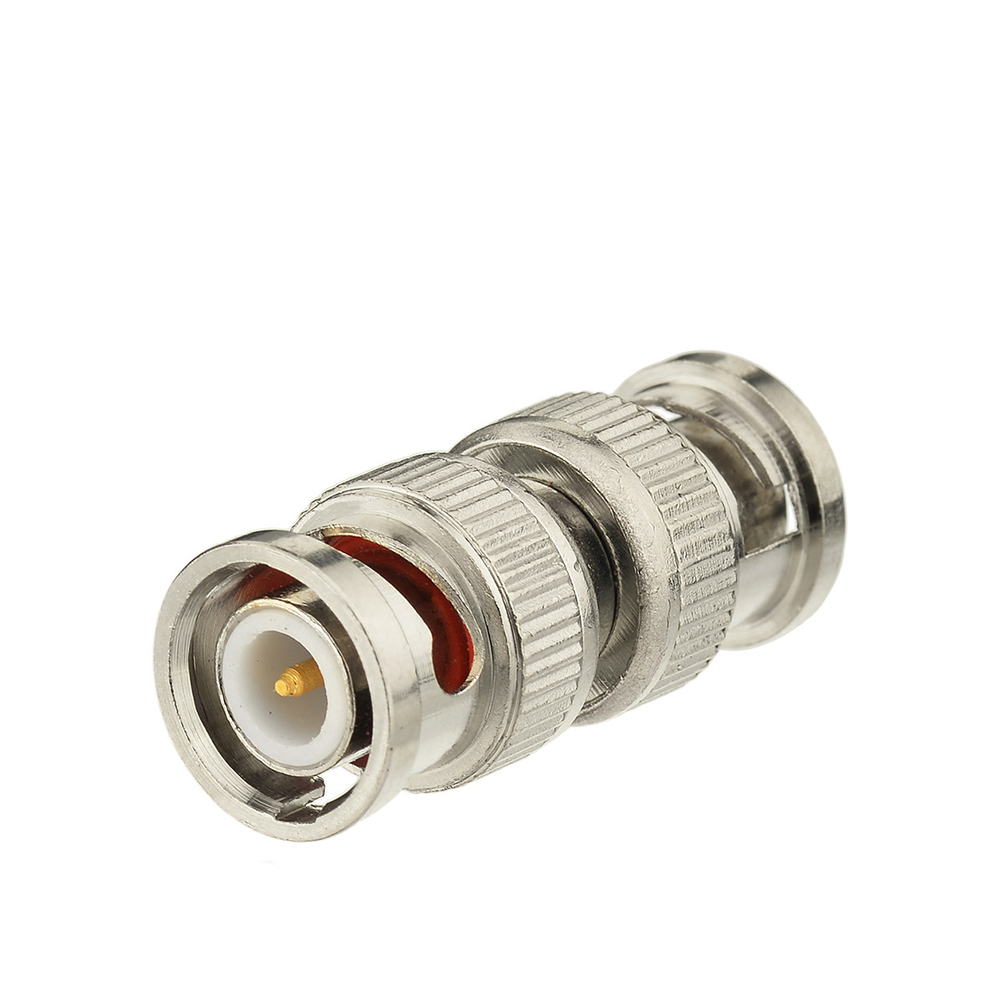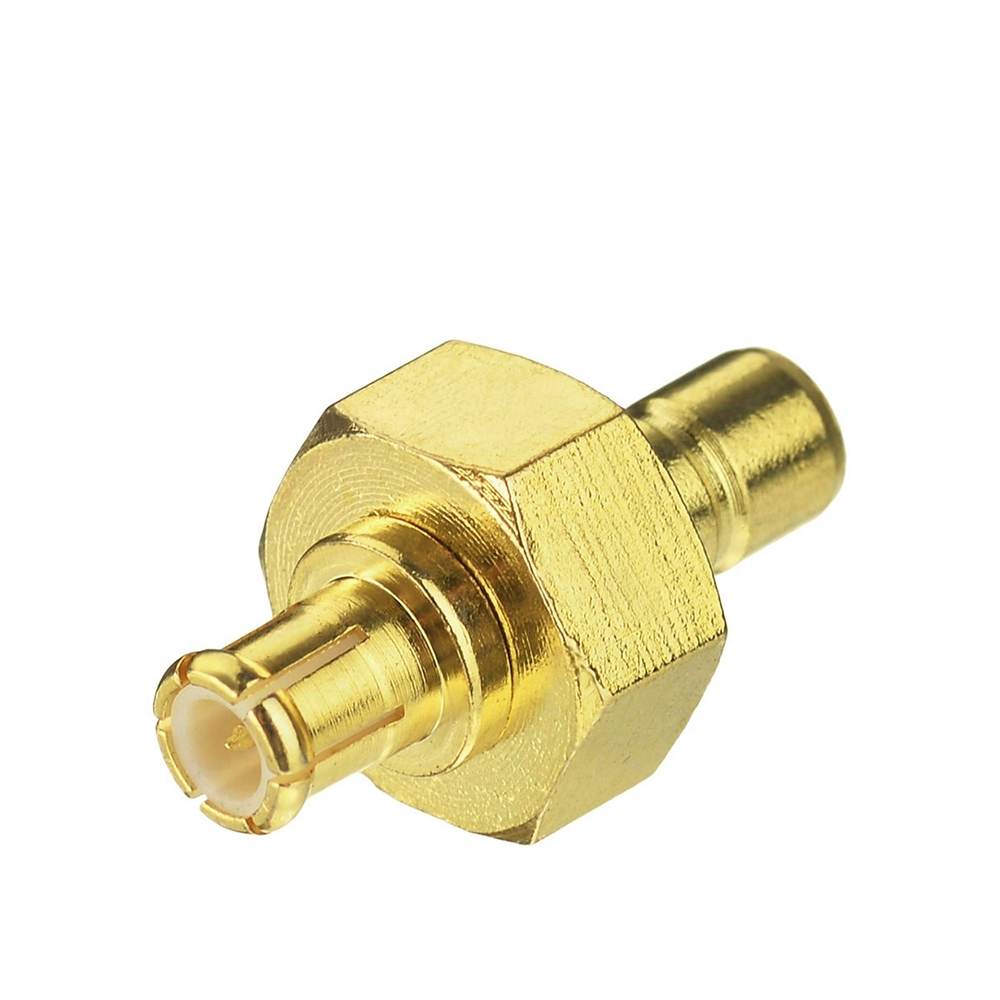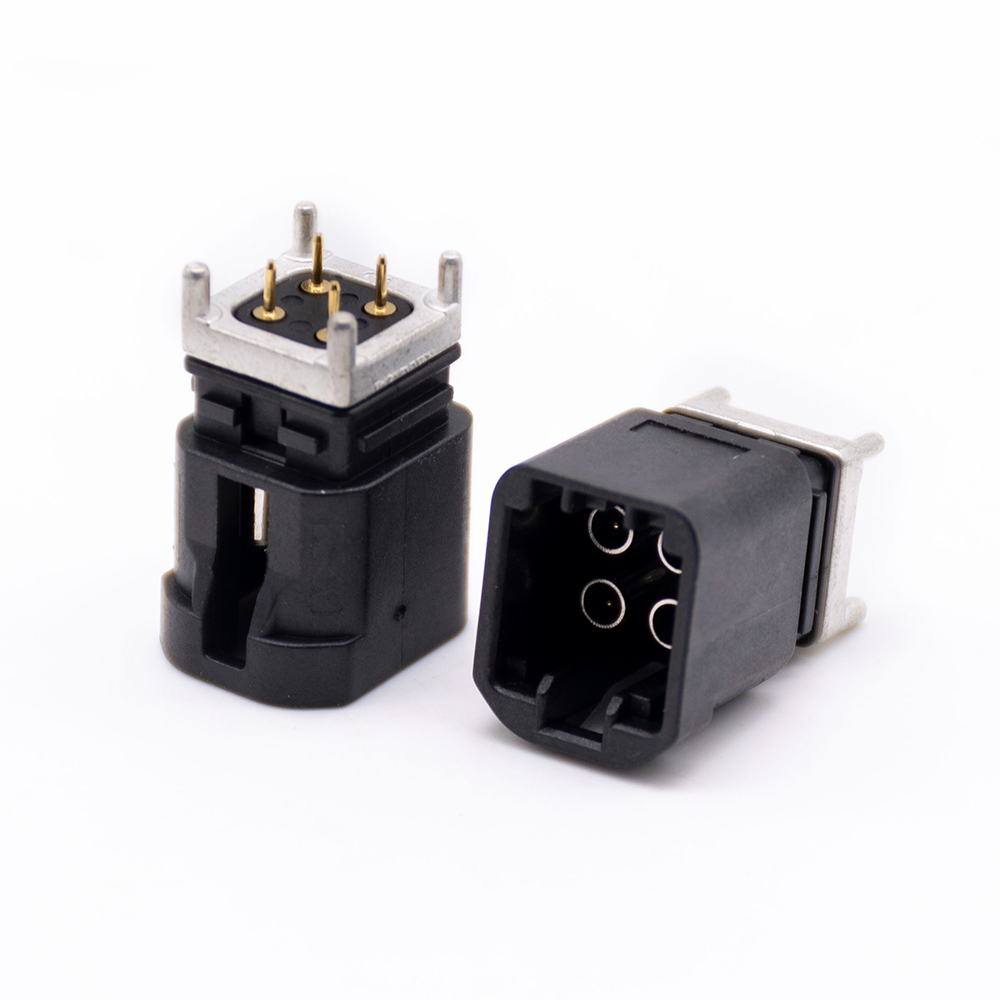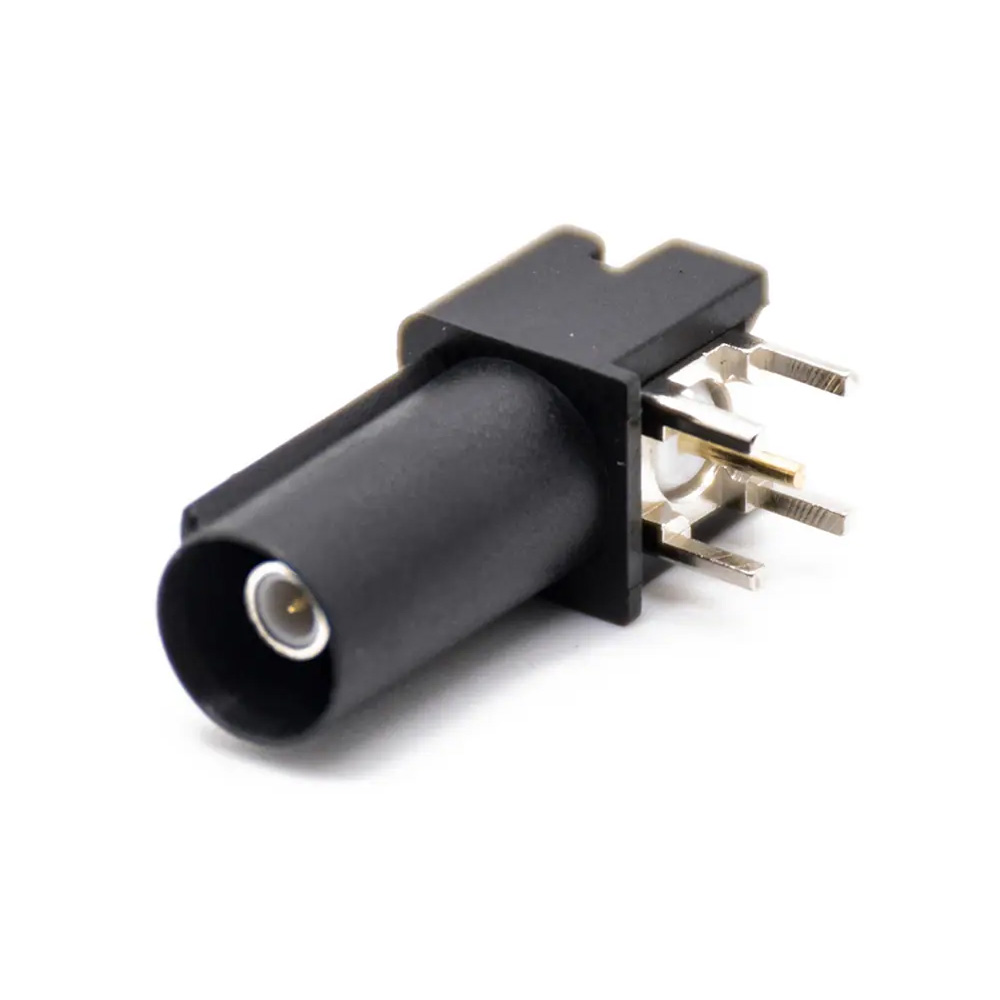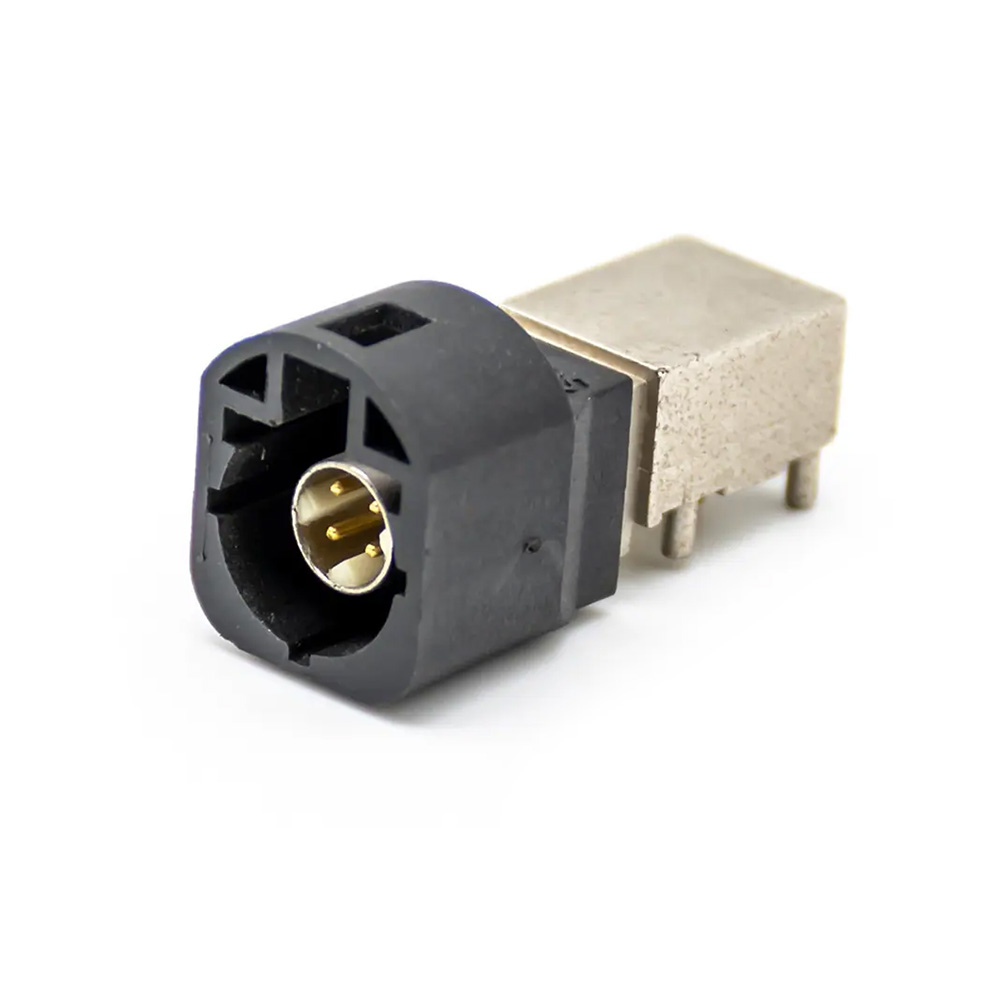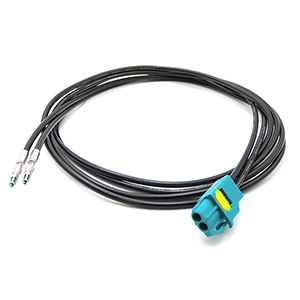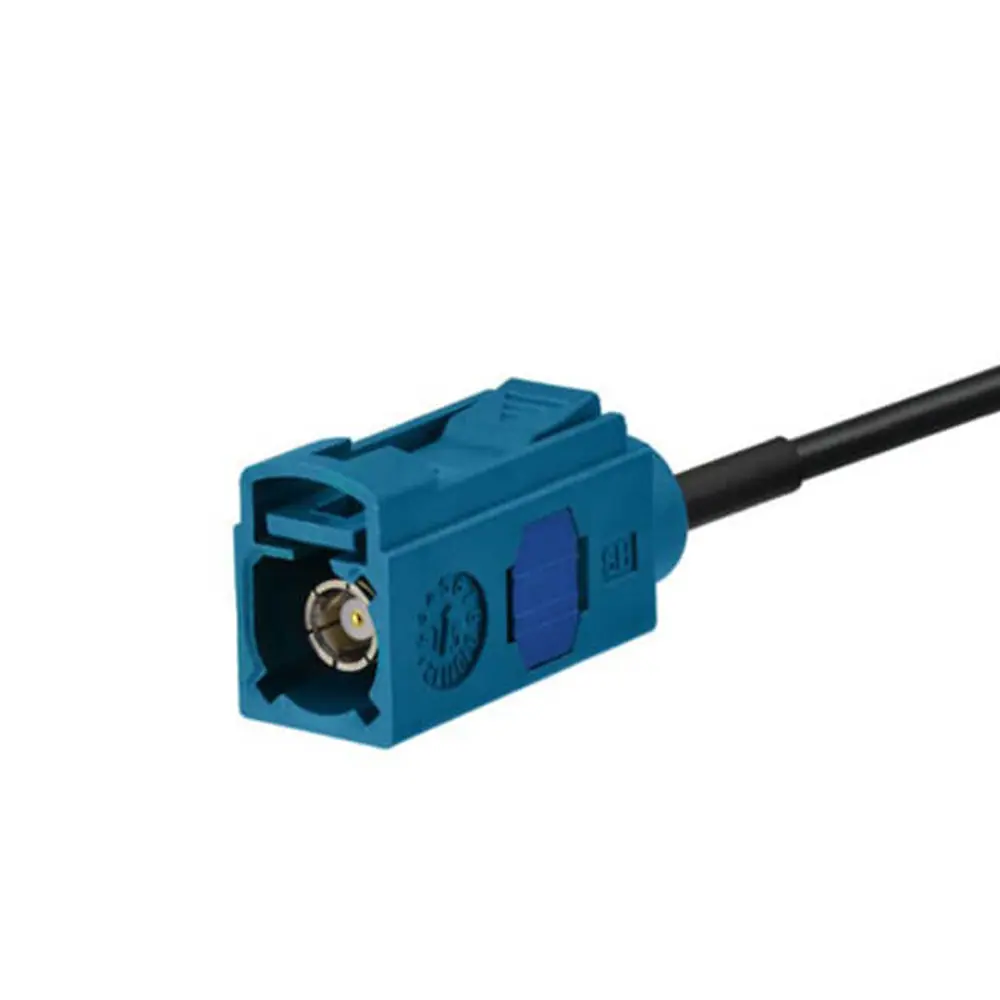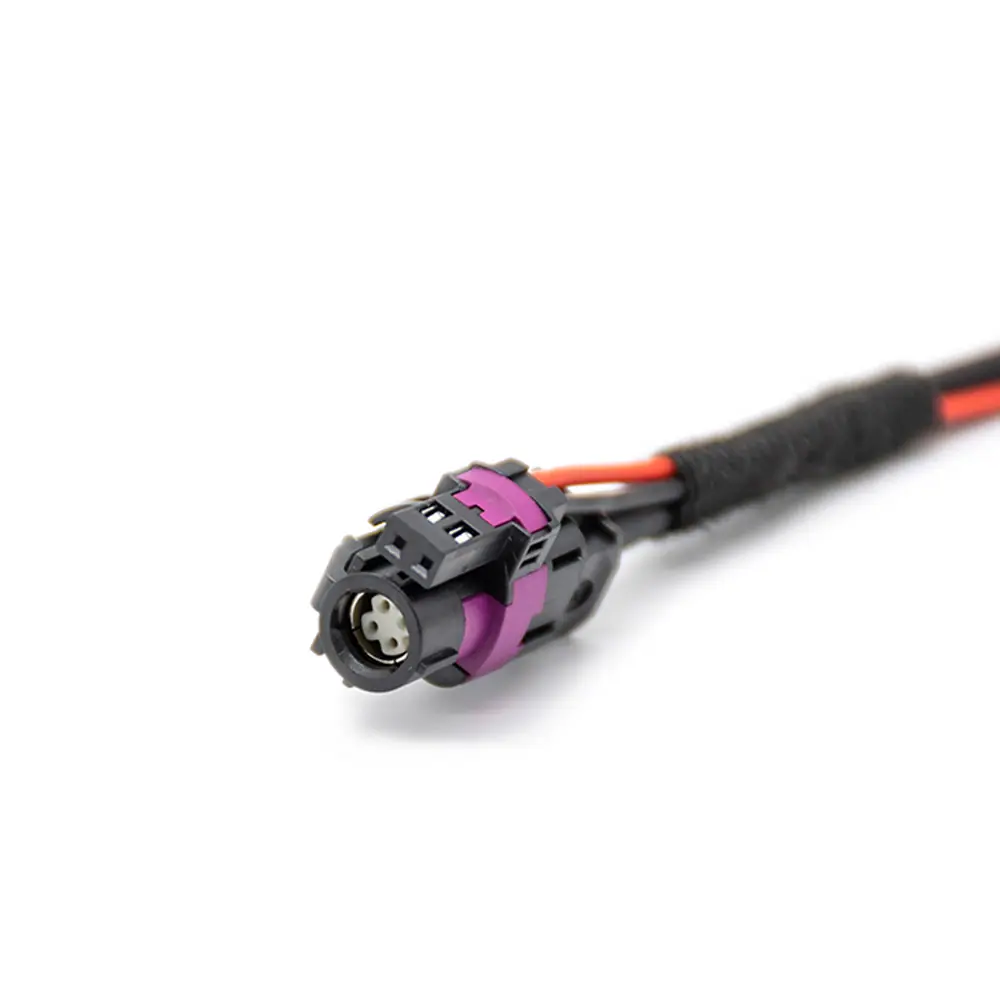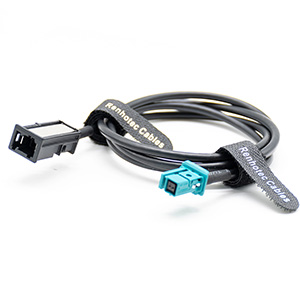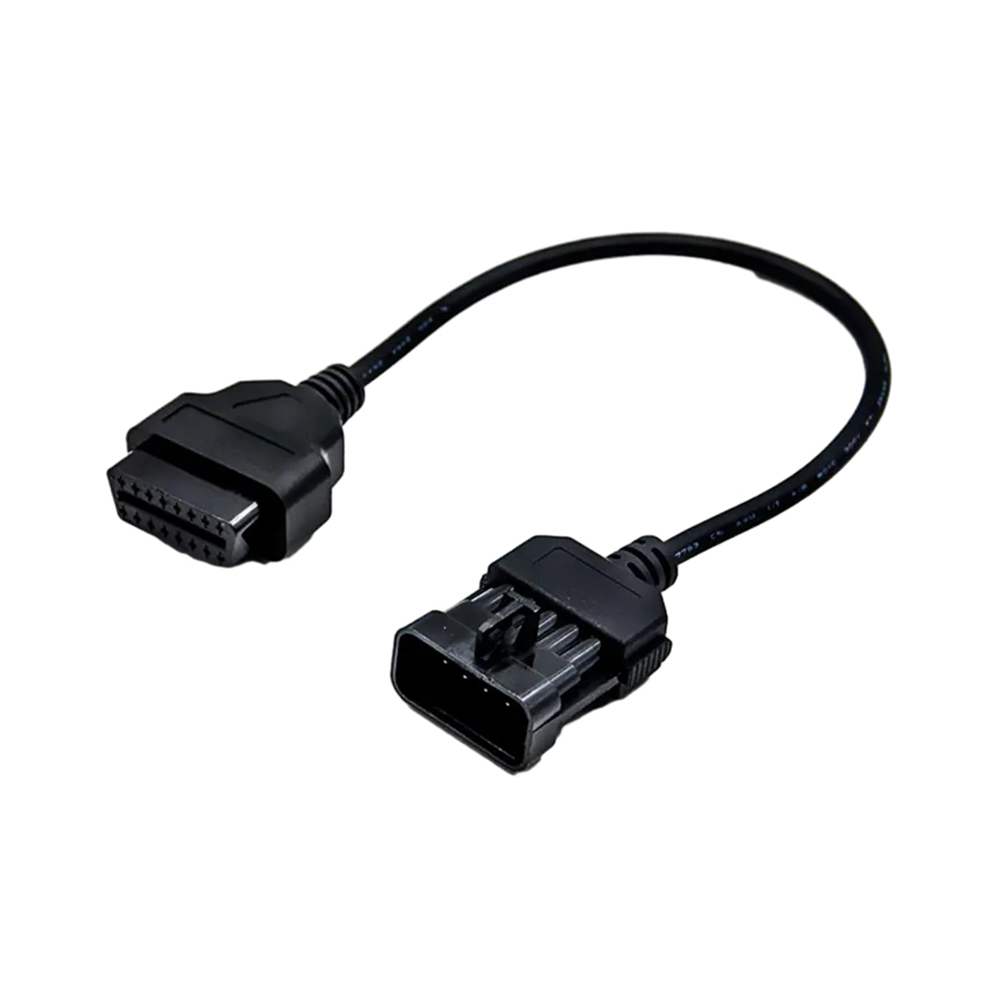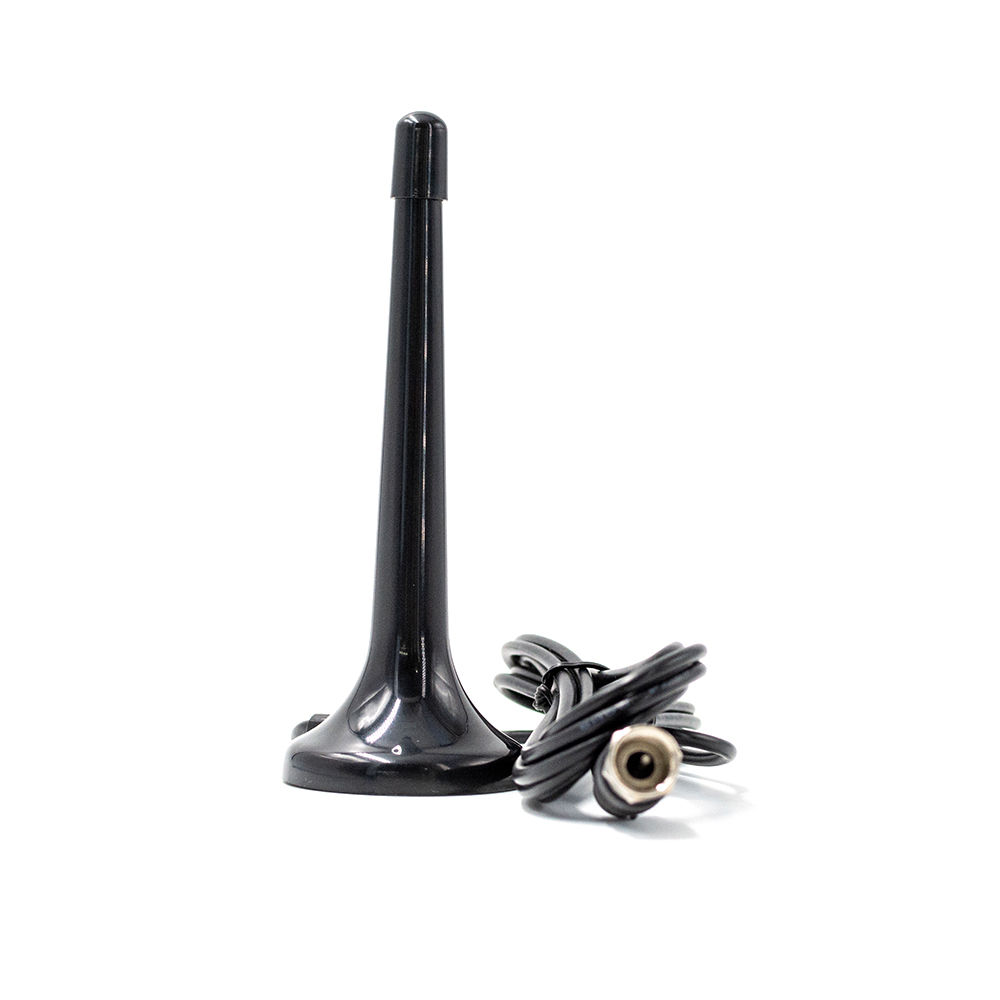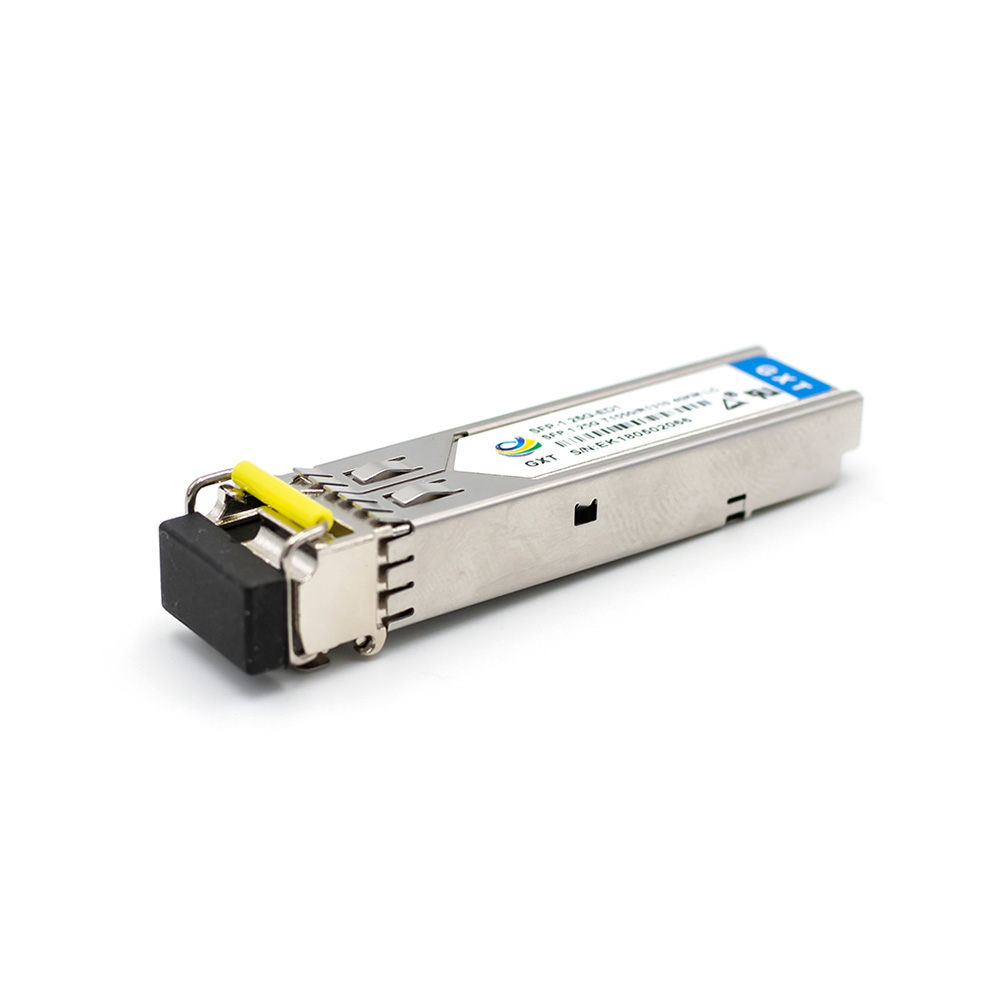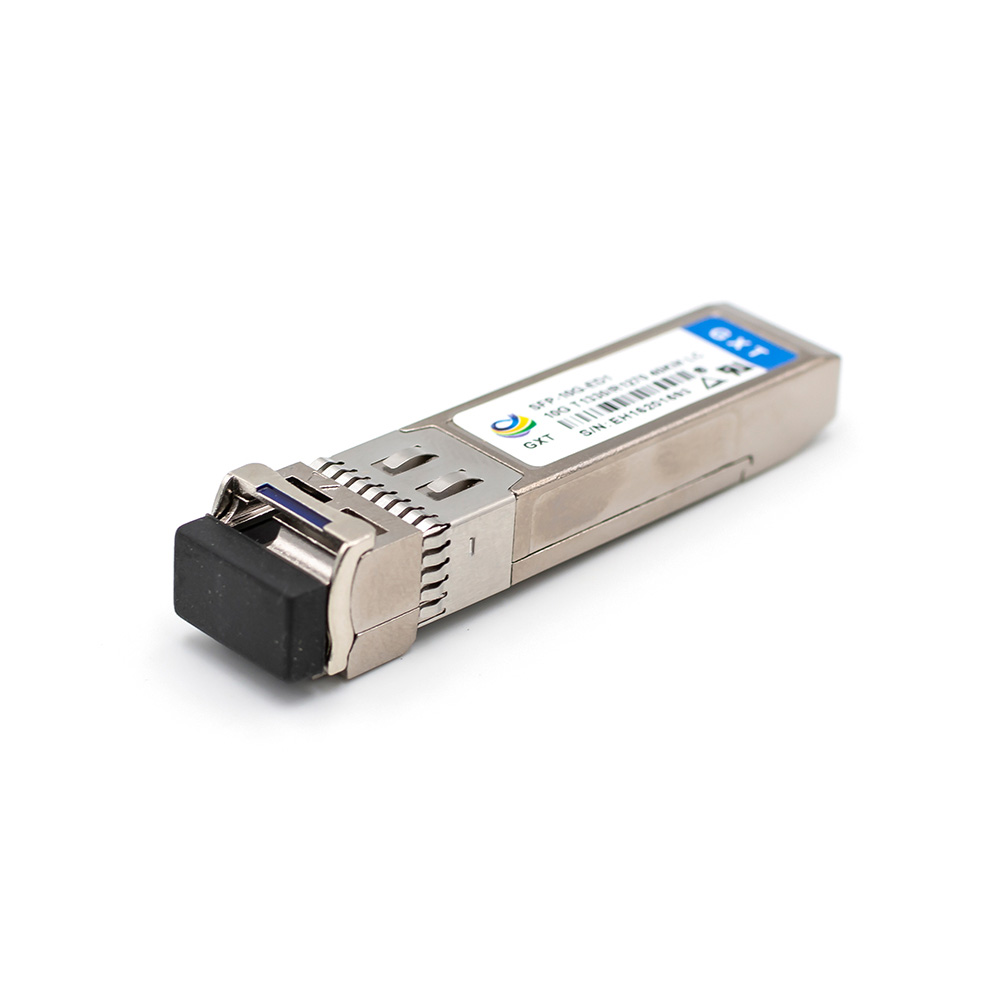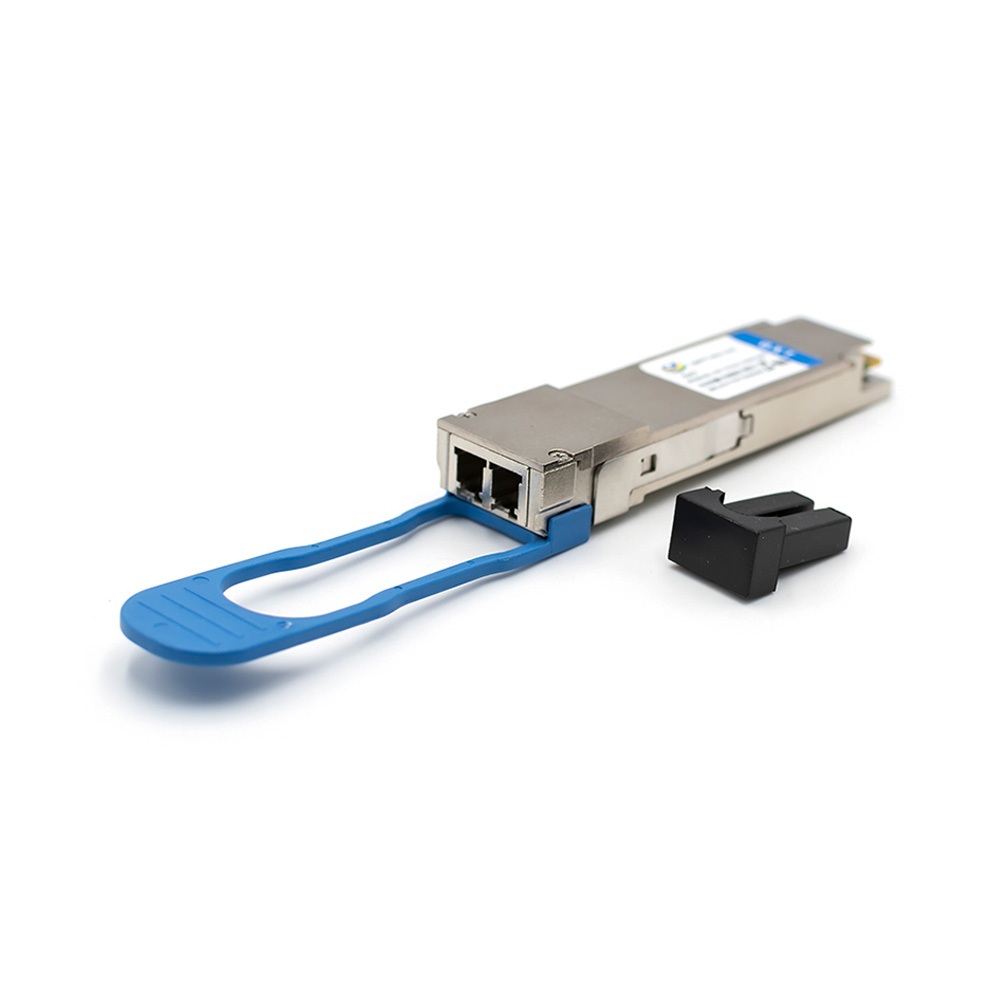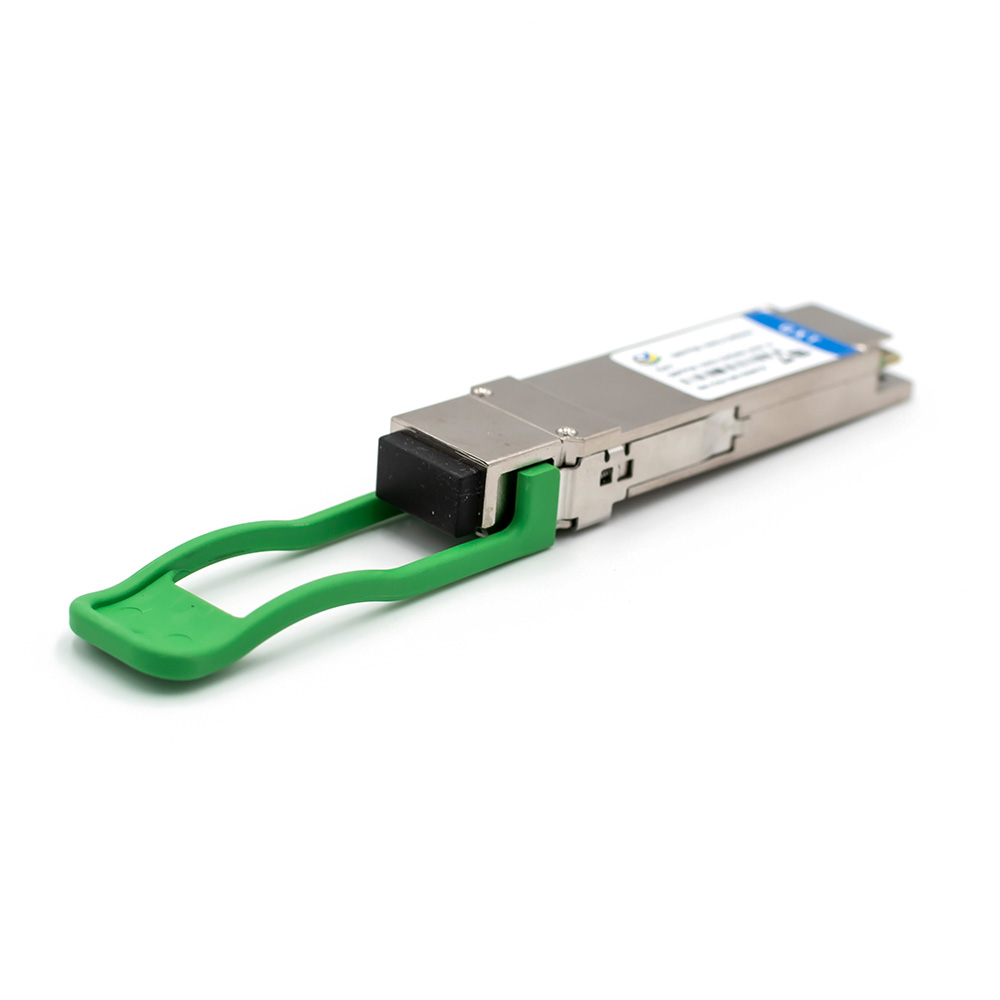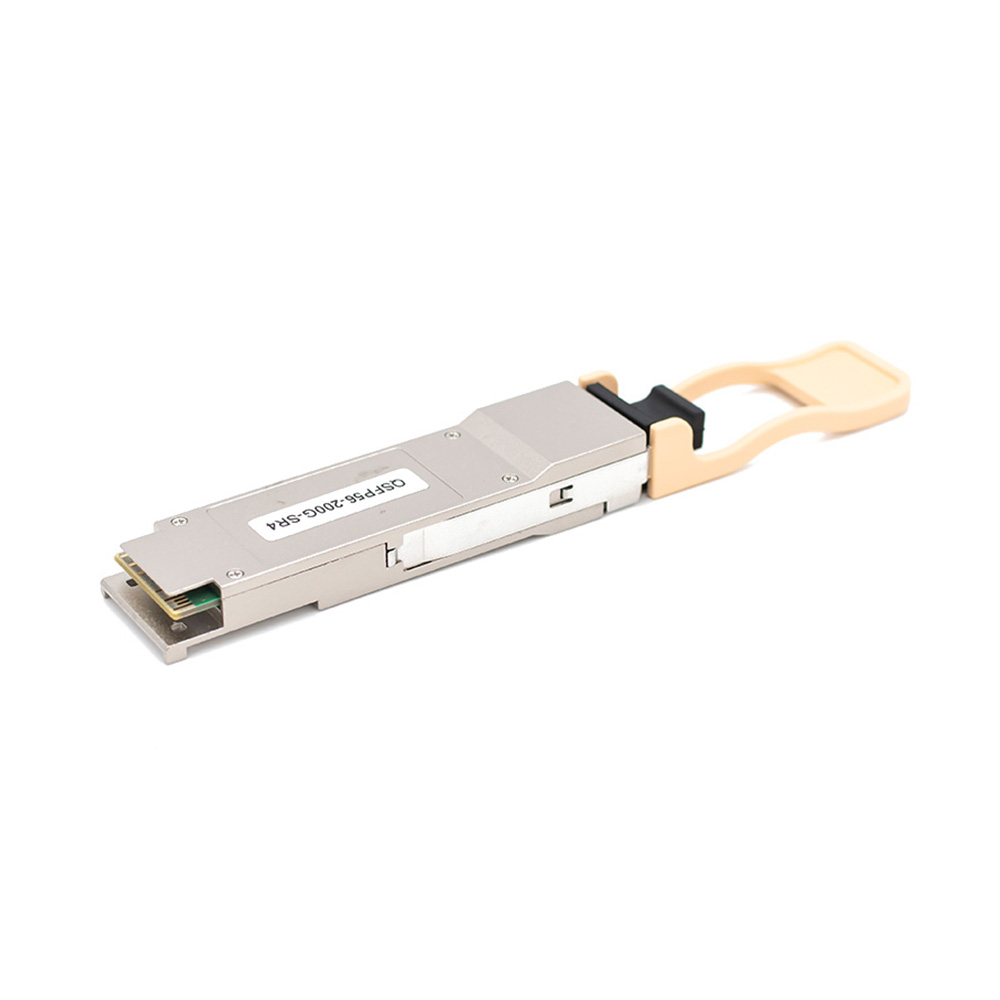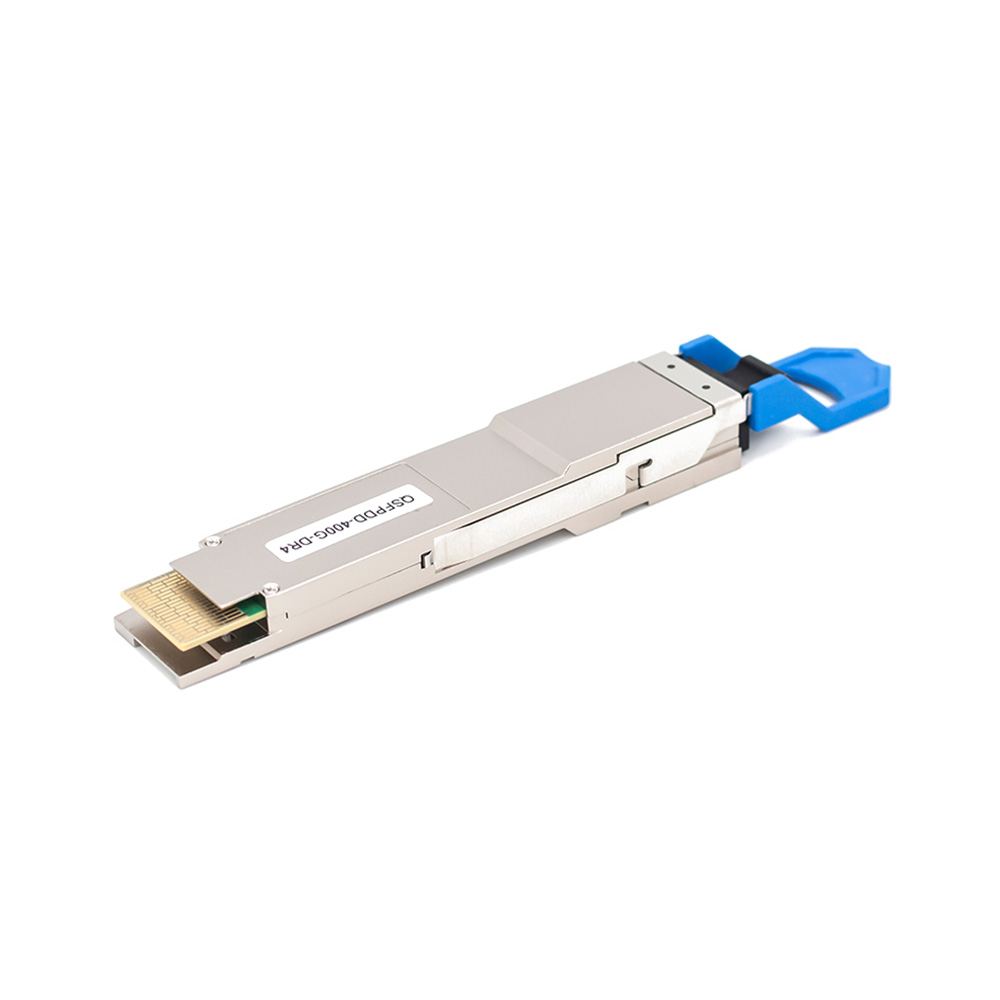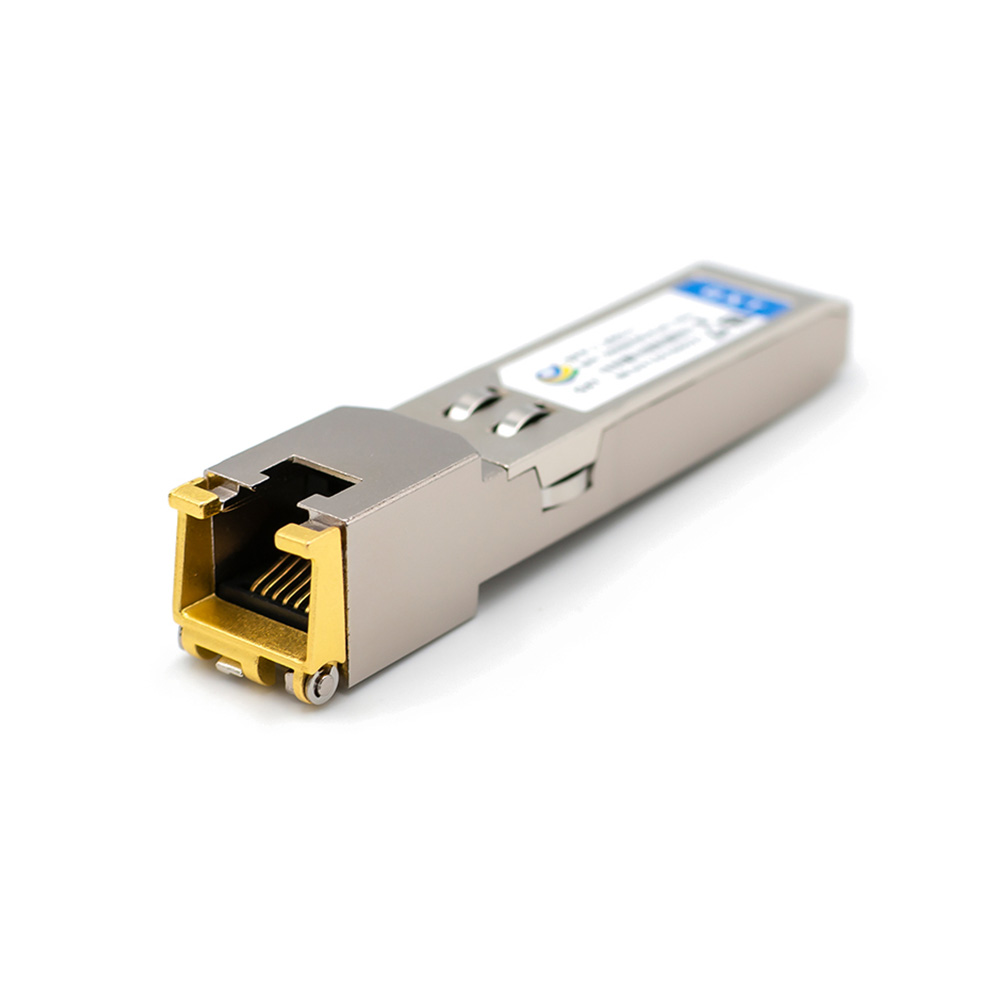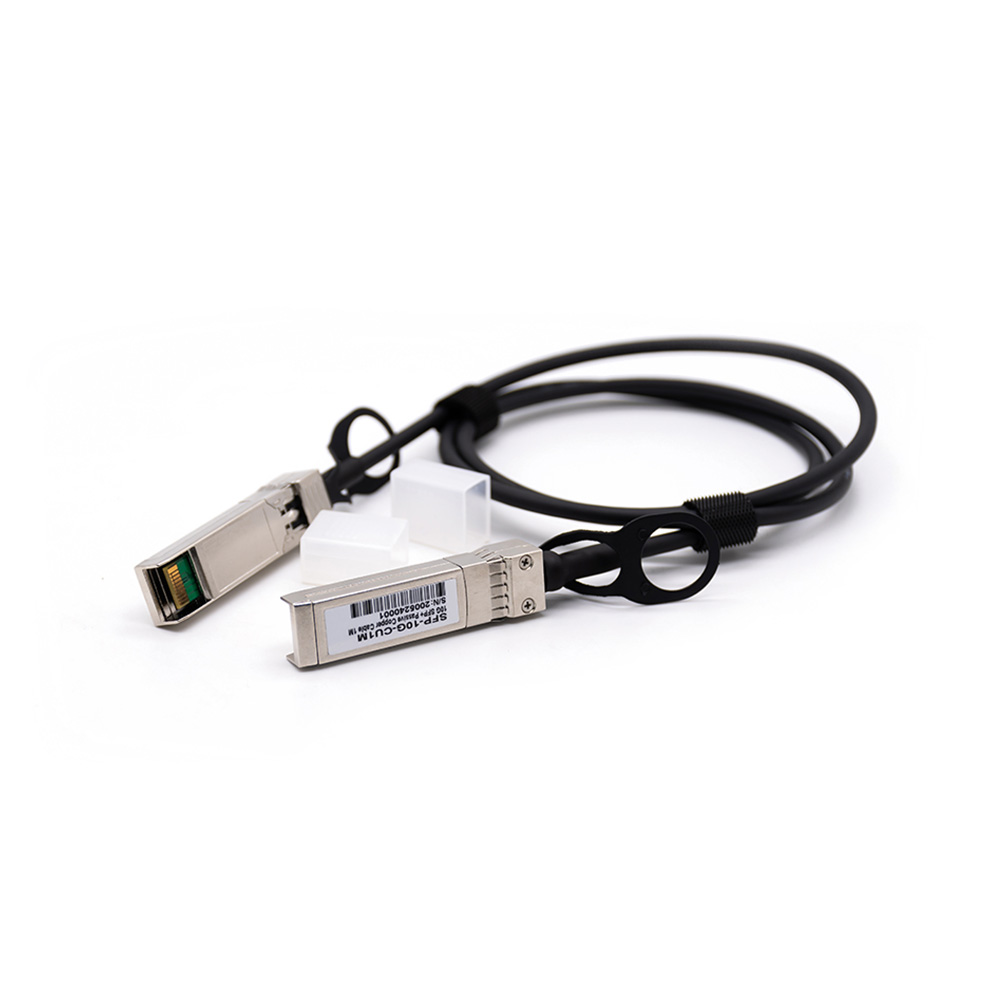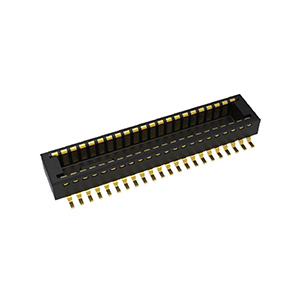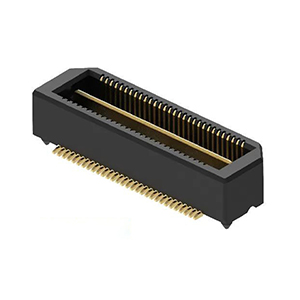RF Connector & Cable
Comprehensive Guide to MMCX Connectors
The MMCX connector series, developed in the 1990s by Huber+Suhner, the creators of the original MCX connector, features a 50Ω characteristic impedance. It includes a locking mechanism that allows full 360-degree rotation, enabling broadband functionality from DC up to 6 GHz. Its advantages are clear: a compact size, low profile, and a secure, quick, and straightforward quick-connect/disconnect mechanism. This design is highly favored for interconnections in compact mobile communication and network equipment.
What Are MMCX Connectors Used For?
MMCX connectors are small, lightweight, and feature a convenient and reliable connection. Their self-locking structure provides a degree of seismic and impact resistance, making them ideal for small communication and network equipment that require compact size and minimal weight. These connectors are commonly used to connect RF coaxial cables in applications such as GPS systems, antennas, modems, base stations, and Wi-Fi technologies.

MMCX Cable Assembly with RG178 Coaxial Cable. This series of cables has a maximum frequency of 3GHz, a propagation speed (VoP) of 70%, a FEP sheath, and a heat shrinkable tail.

Low Loss SMA to MMCX Cable Assemblies Using LMR100 Series Coaxial Cable. This cable series supports frequencies up to 6 GHz, equivalent to LMR-100, with shielding efficiency exceeding 90 dB. It boasts a 66% phase velocity, minimal insertion loss, and features double-shielded PVC insulation.
Wireless Communications
In wireless communication devices, MMCX connectors are particularly prevalent. They are especially suitable for small wireless devices like routers, network cards, and Bluetooth modules. Their compact size and light weight make them ideal for applications that demand high integration and have space constraints. MMCX connectors provide reliable signal transmission in the frequency range from DC to 6 GHz, meeting the high-frequency bandwidth needs of modern wireless communication devices.
GPS
In GPS receivers and navigation systems, MMCX connectors are used to connect antennas and receiving devices. These applications require high flexibility and portability, and the small design of MMCX connectors ensures stable high-frequency signal transmission. This stability allows receiving devices to accurately obtain satellite signals and provide real-time location tracking.
Medical Equipment
MMCX connectors are also widely utilized in the design of medical devices such as medical monitors and laser equipment. These devices often need to be as light and compact as possible while maintaining high-frequency performance for accurate data transmission and monitoring. The miniaturization and high-frequency transmission capabilities of MMCX connectors effectively meet the design requirements of medical equipment.


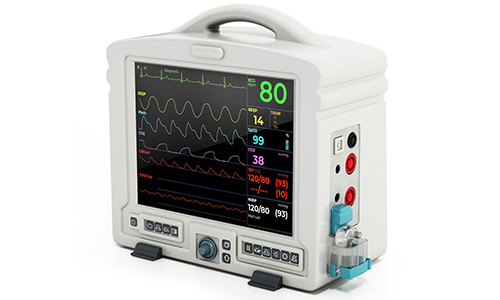
What is the Difference Between MCX and MMCX Connectors?
MCX and MMCX are two prevalent types of RF connectors, each with distinct characteristics suited to different applications. Here are the key distinctions between them:
Frequency Range
Both MMCX and MCX connectors support high-frequency applications. However, MMCX connectors have a broader frequency range, reaching up to 6 GHz, whereas MCX connectors typically operate from several hundred MHz to several GHz. This broader range makes MMCX connectors more versatile for various high-frequency applications.
Size and Appearance
The MMCX (Micro-Miniature Coaxial Connector) is more compact, making it ideal for small mobile devices and antenna systems. It typically measures 2.5mm x 3.6mm and features an external ring for rotational locking and connection. This design facilitates easier plugging and unplugging, suitable for applications requiring frequent connections and disconnections.
In contrast, the MCX (Micro Coaxial Connector) is slightly larger, approximately 3.4mm x 3.4mm, yet still smaller than many other RF connectors. It also has an external ring for rotational locking, providing stable connections. This makes MCX connectors suitable for applications where high signal transmission stability is essential, especially in larger devices.
Connection and Utility
- MMCX Connectors: Equipped with a 360-degree rotating lock mechanism, MMCX connectors are well-suited for applications that require frequent connecting and disconnecting, providing ease of use and flexibility.
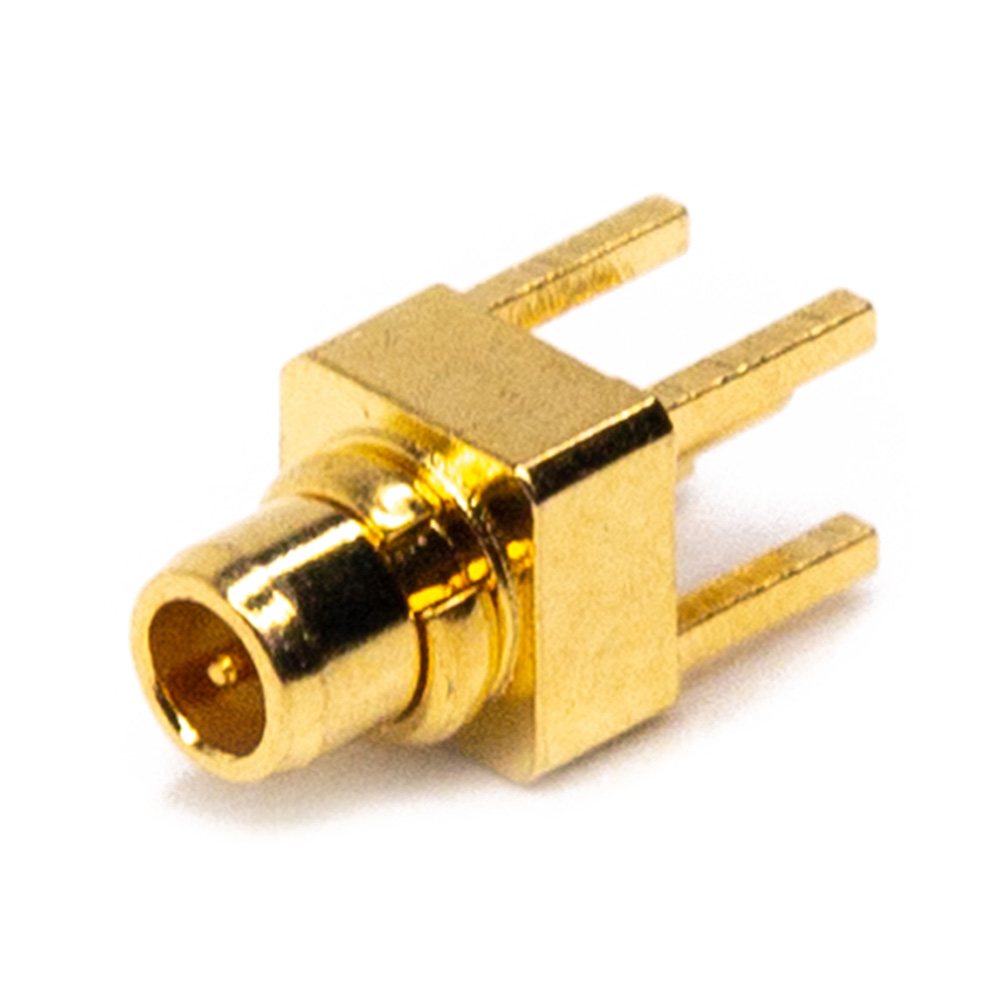
MMCX Male

MMCX Female

MCX Male
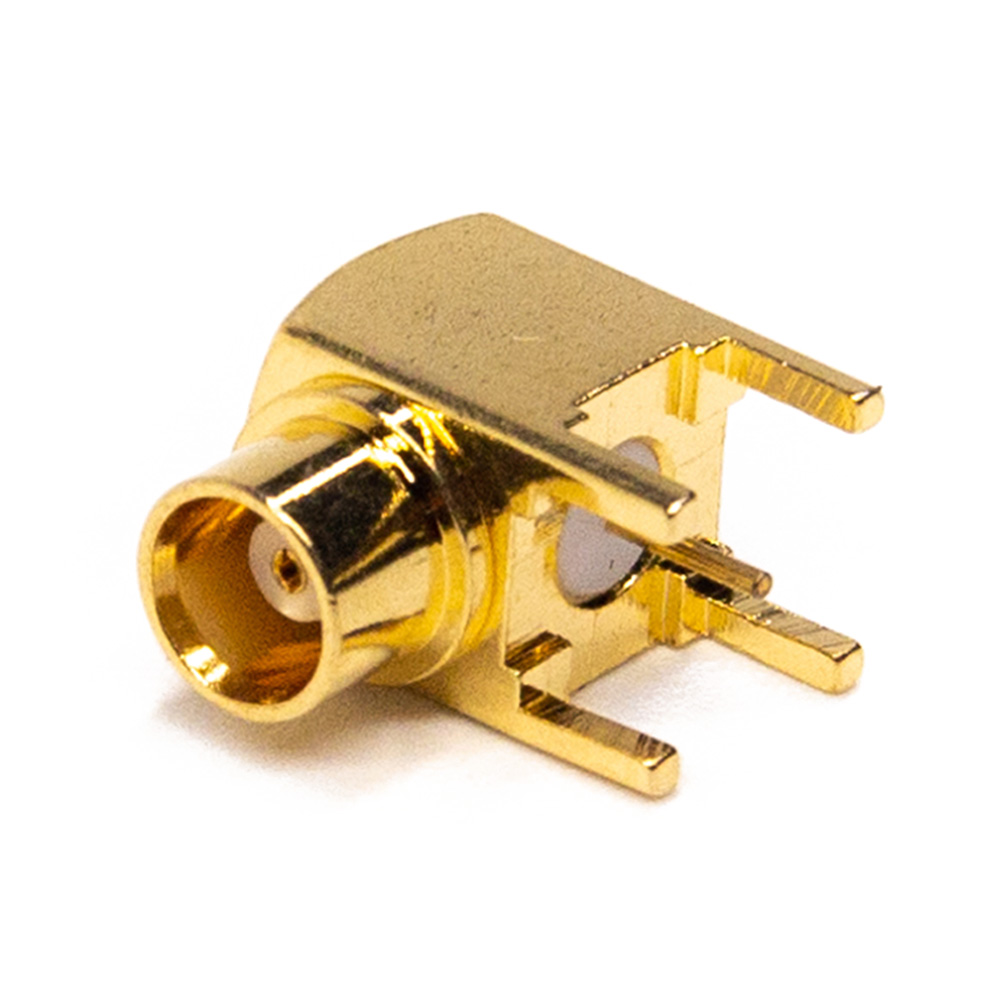
MCX Female
- MCX Connectors: Featuring a simpler locking mechanism, MCX connectors ensure reliable connections with a focus on stability rather than frequent disconnection.
Application Fields
- MMCX Connectors: Commonly used in small-scale mobile communication devices, antenna systems, GPS units, and other compact setups that demand a small footprint.
- MCX Connectors: Typically found in larger RF equipment, wireless communication systems, and broadcasting apparatus, where their size and stability are advantageous.
In summary, the choice between MMCX and MCX connectors depends on specific application needs, including spatial constraints, frequency requirements, and how often connections need to be made or broken.
How to Attach an MMCX Connector
To ensure a stable and reliable connection when attaching an MMCX connector, follow these steps:
Preparation: First, confirm that you have the correct MMCX connectors and compatible cables. Check that both the connectors and cables are of high quality and suitable for your application.
Inserting the Connector: Gently insert the MMCX connector into the corresponding port. Make sure it is inserted to the appropriate depth without causing any damage.
Locking Mechanism: Twist the MMCX connector carefully until you hear an audible click. This indicates that the locking mechanism is engaged and the connector is securely attached, minimizing the risk of accidental disconnection.
Verify the Connection: Ensure that the connector is fully inserted and locked in place. Check that the connection is snug and there are no gaps or looseness.
Testing the Connection: After installation, use appropriate testing equipment to verify the quality of signal transmission and the stability of the connection.
By following these steps, you can ensure a reliable and secure attachment of MMCX connectors for various RF applications.

